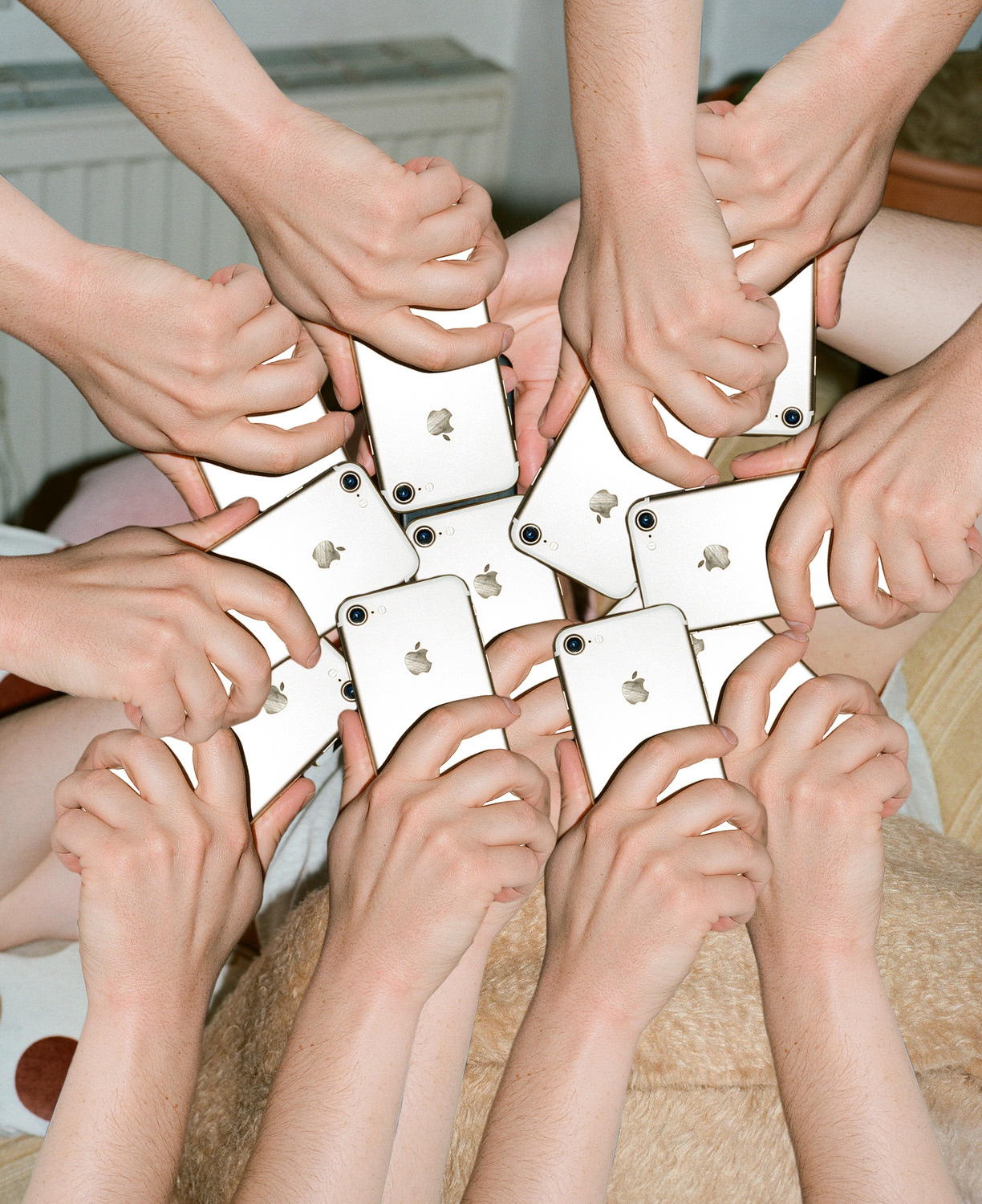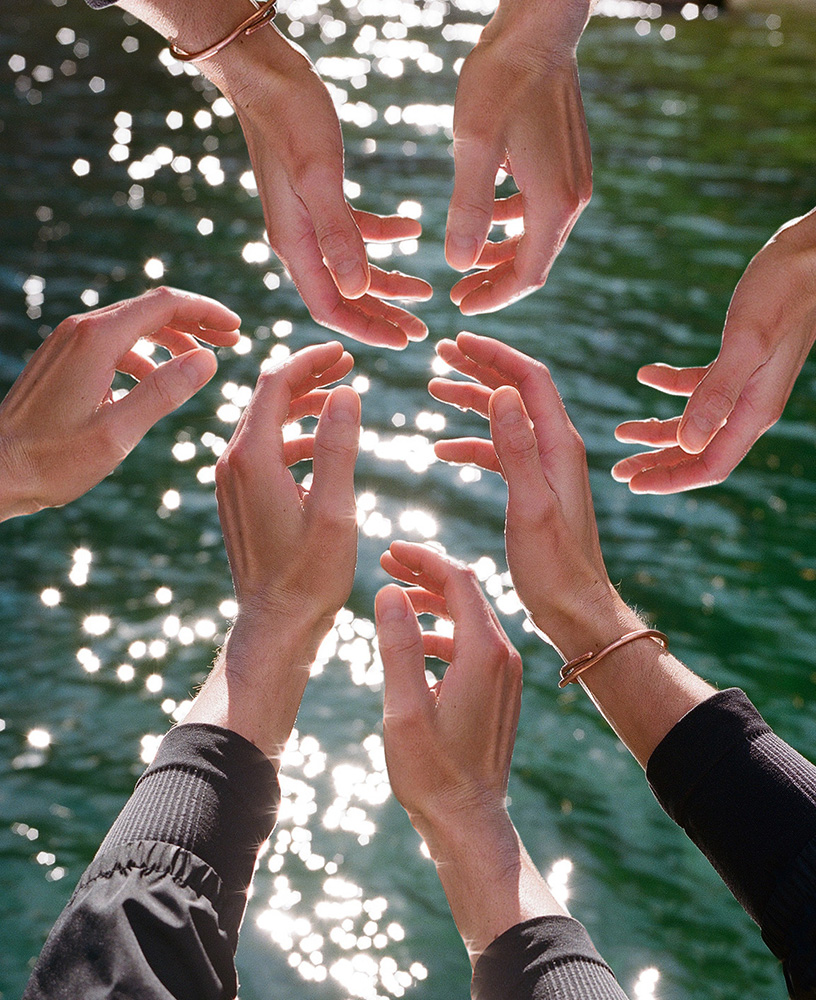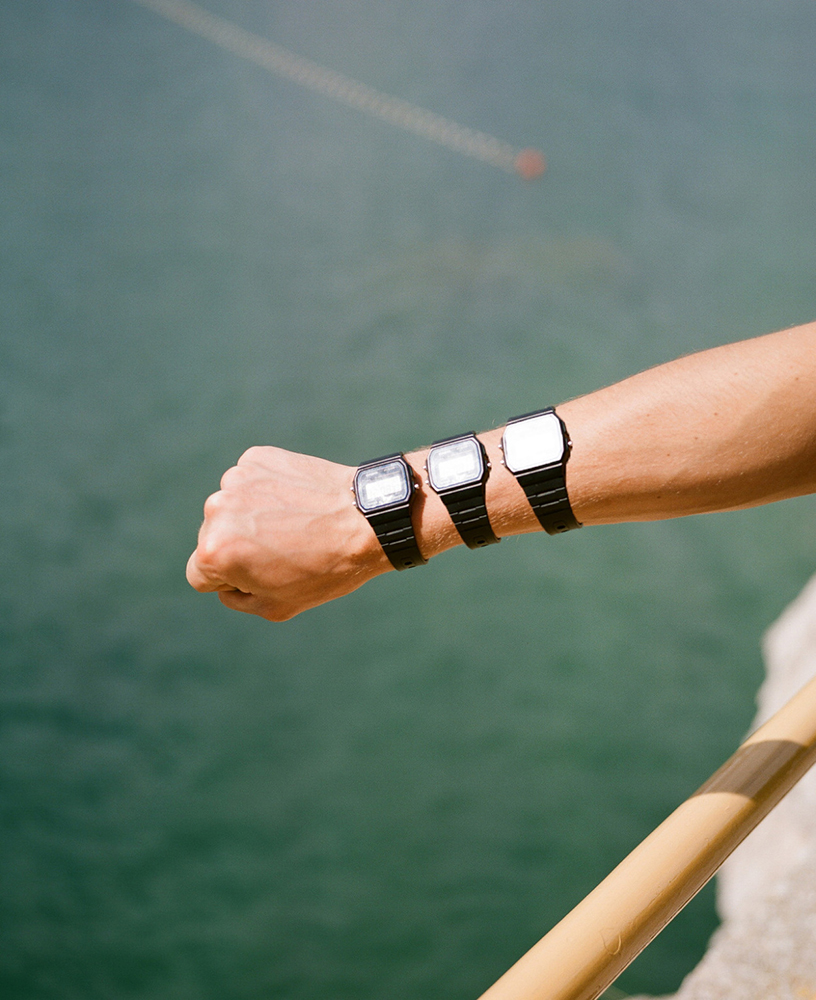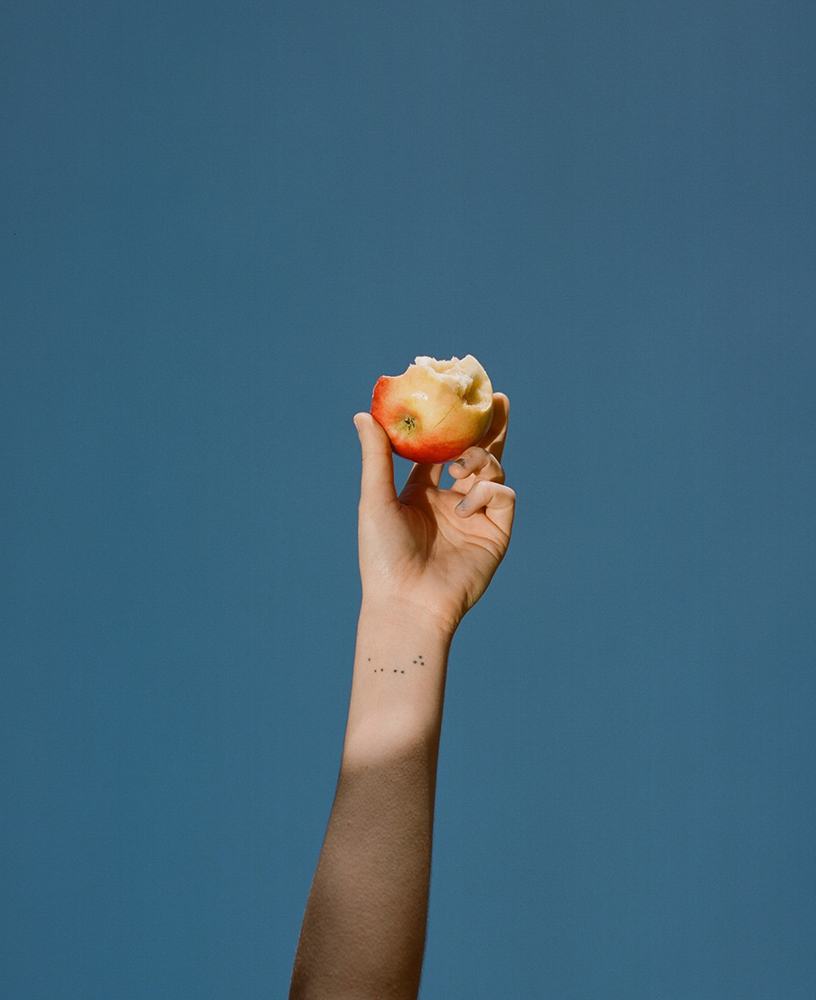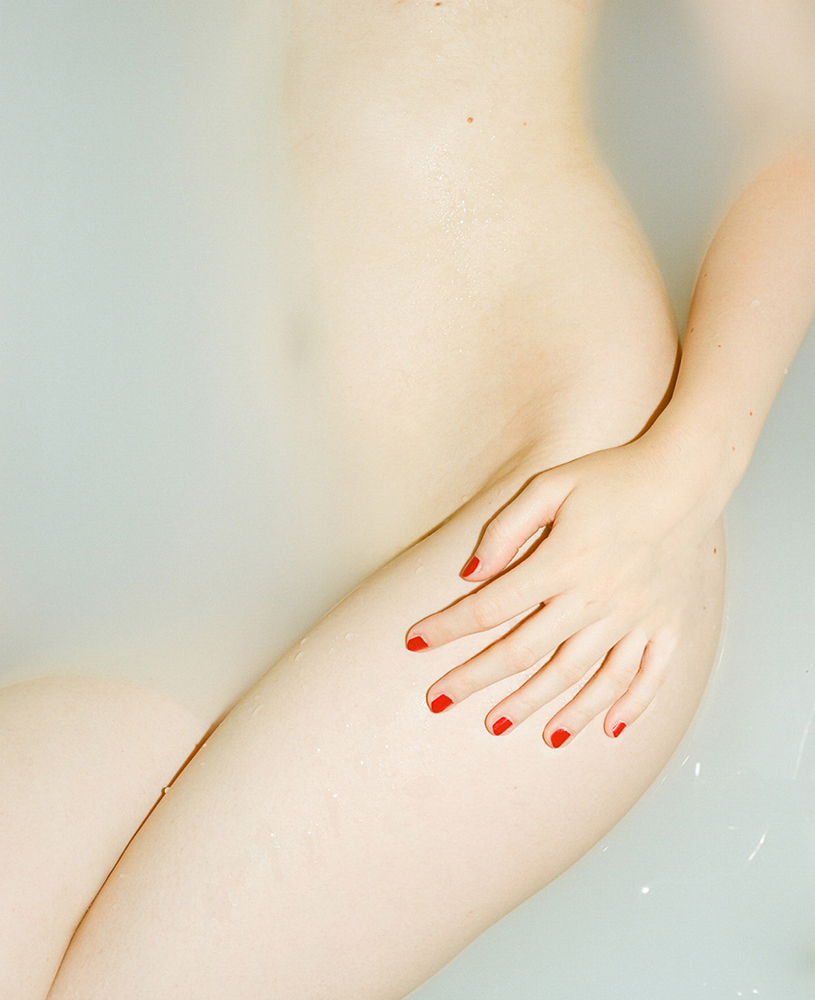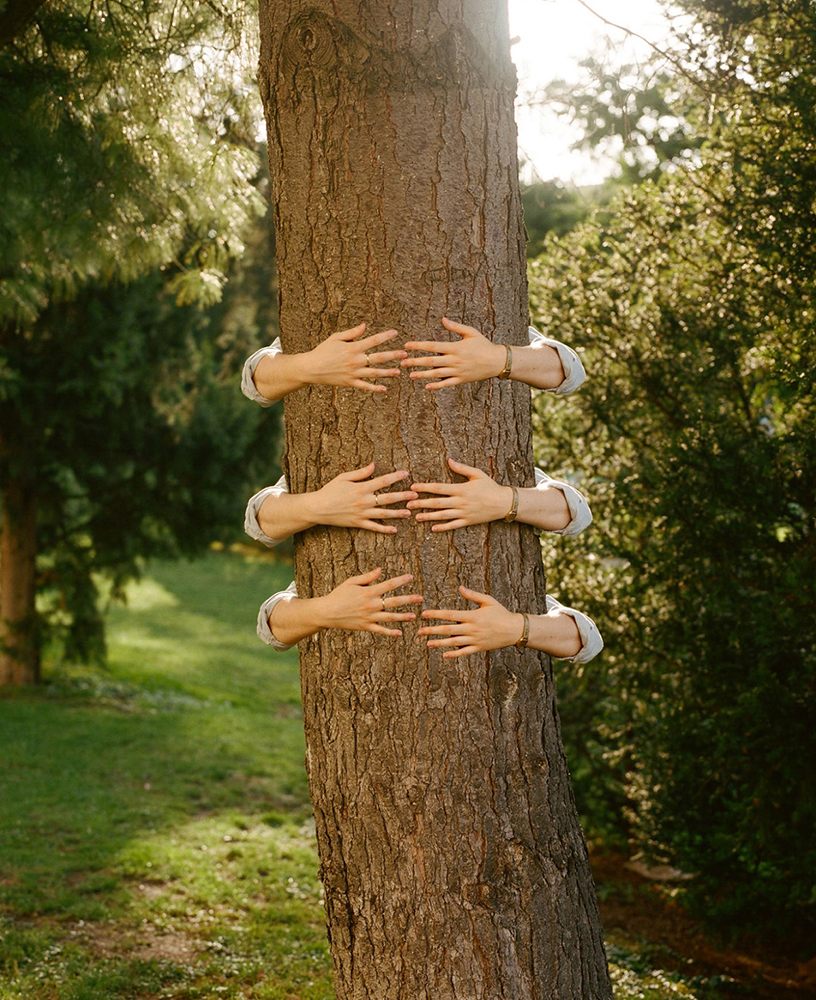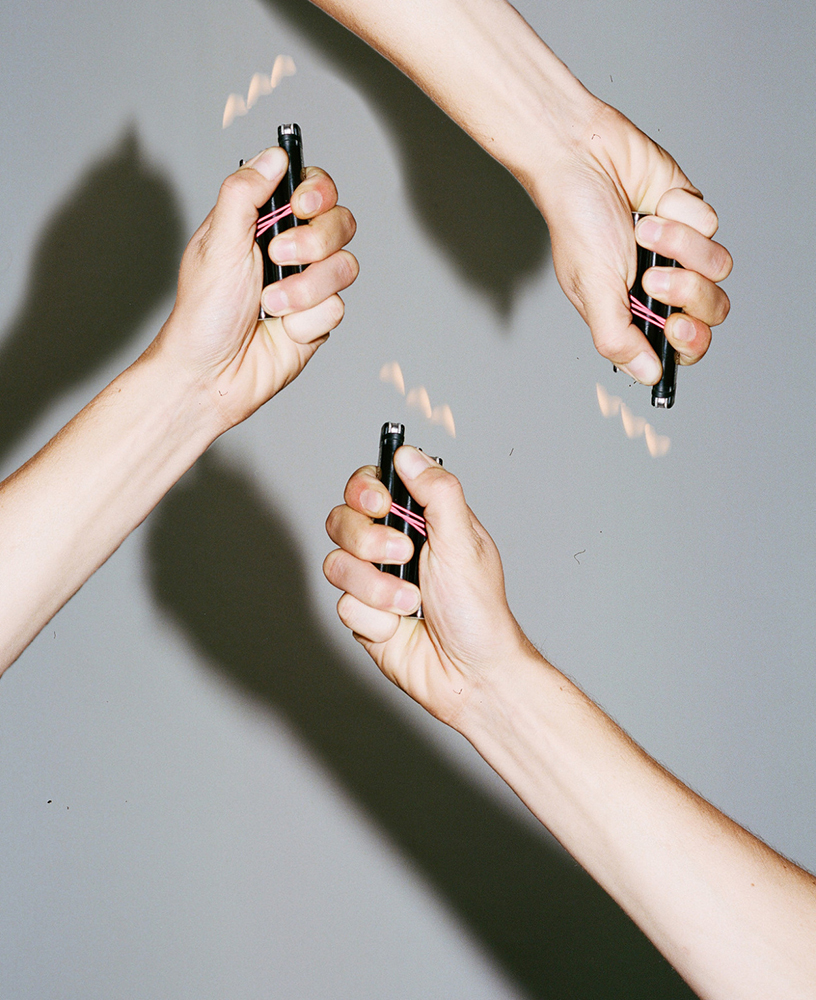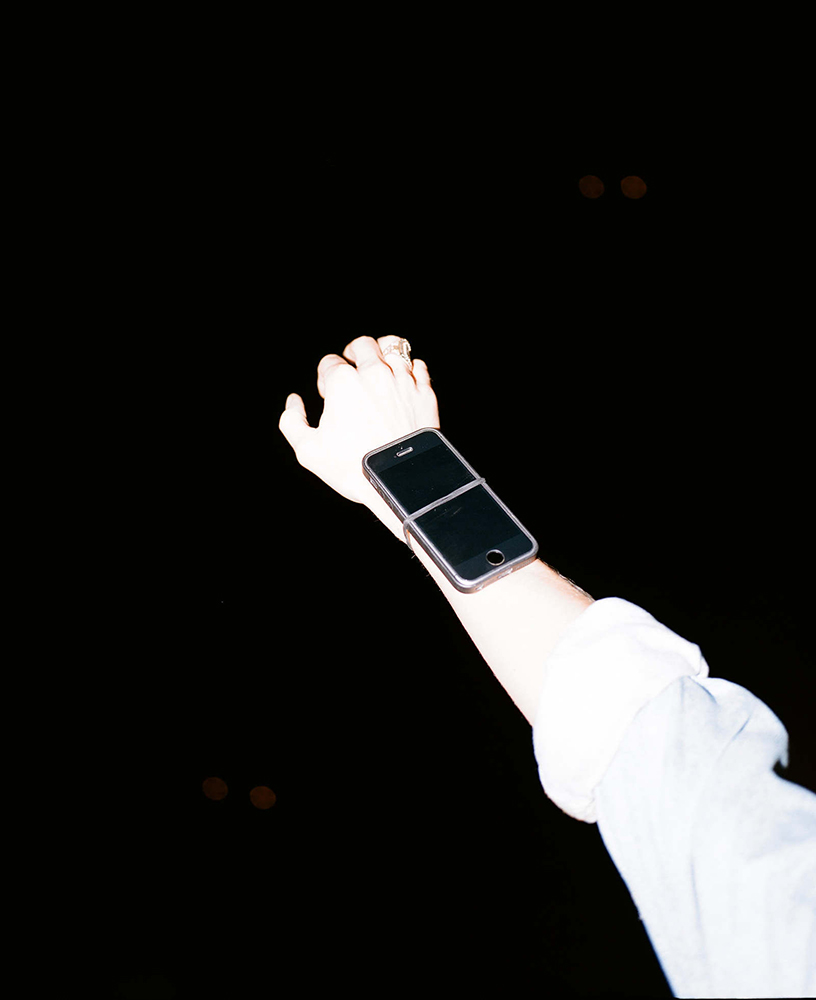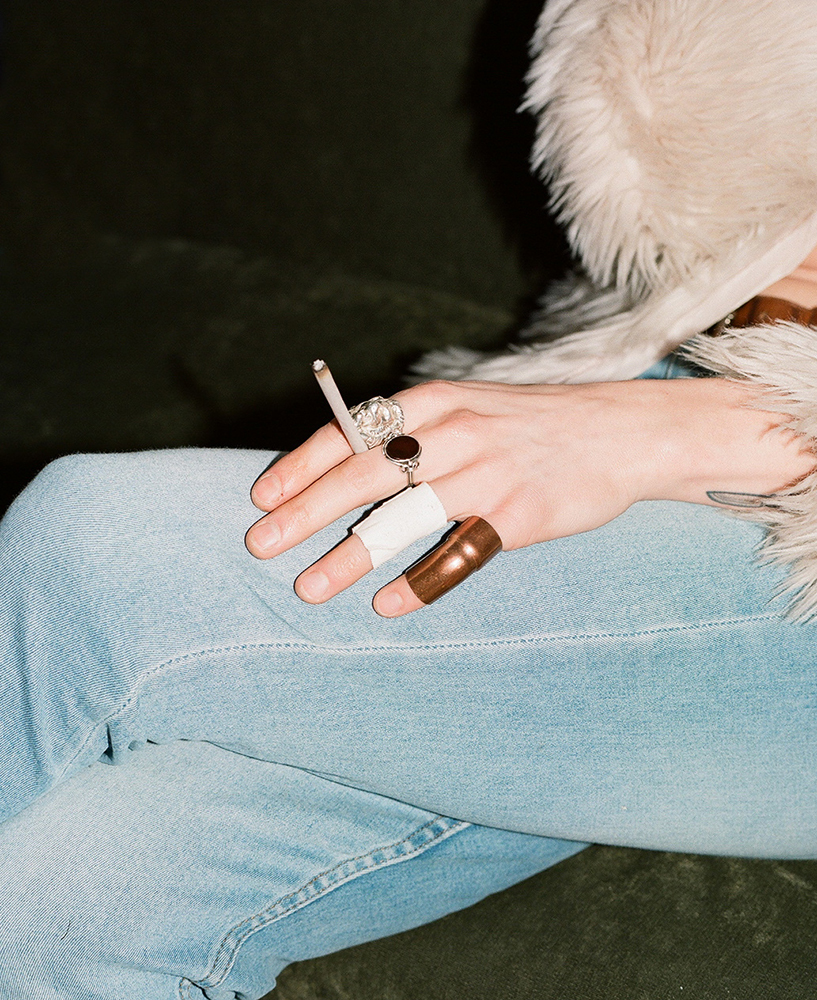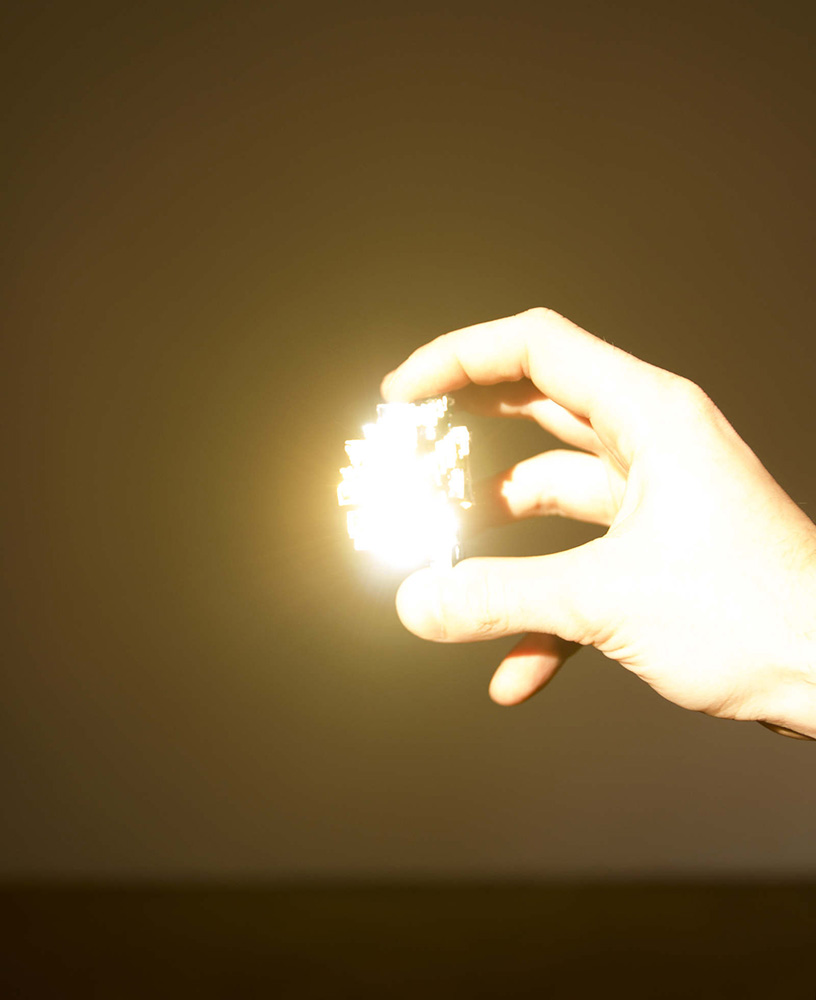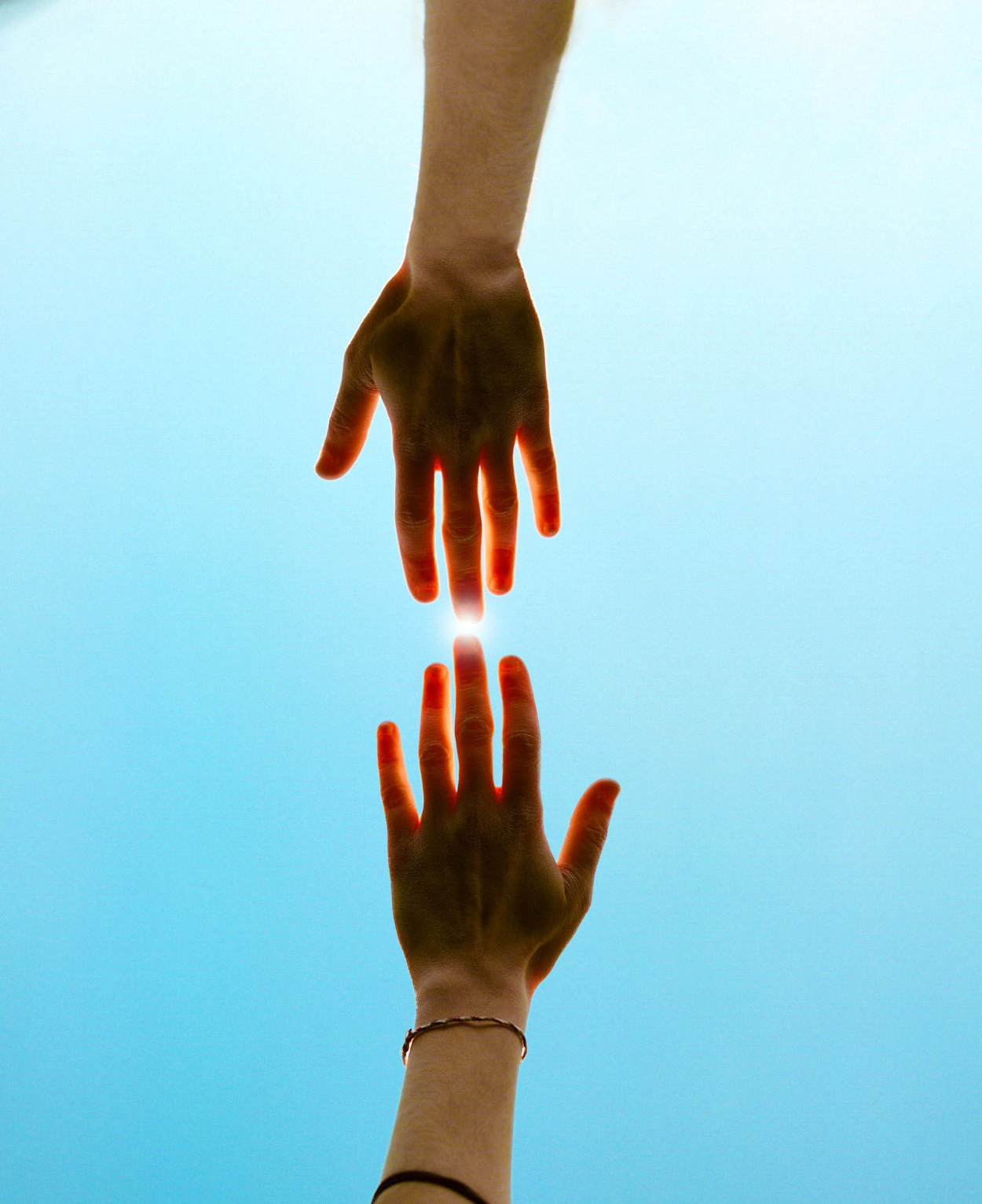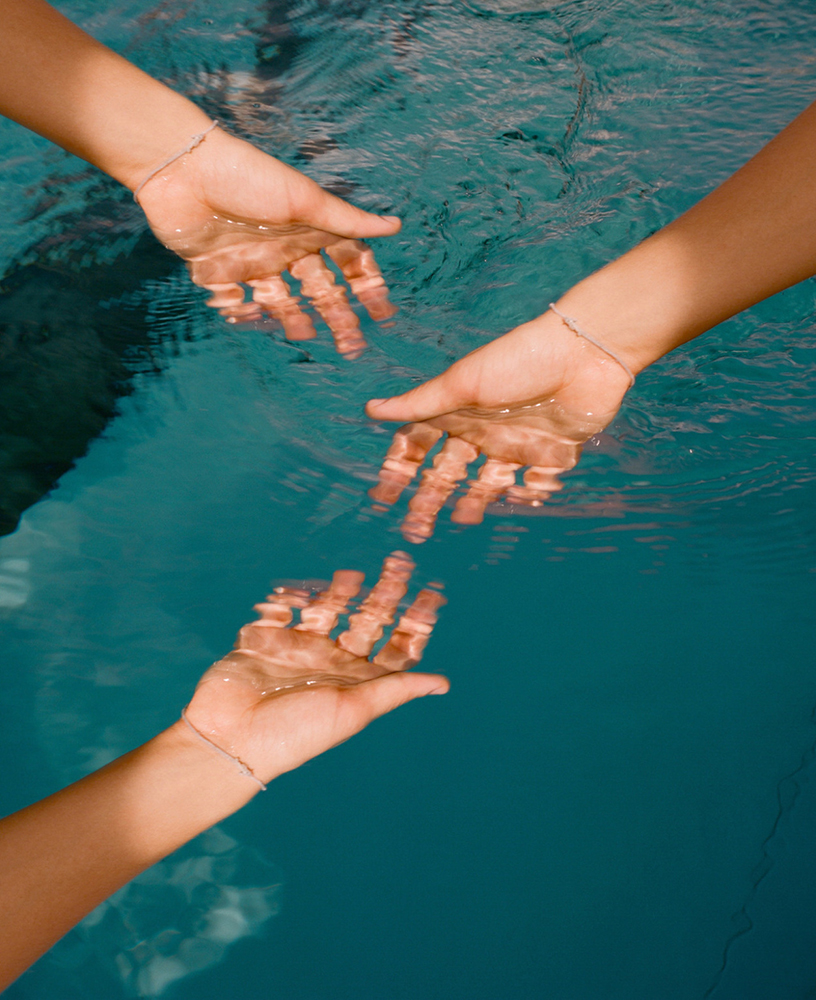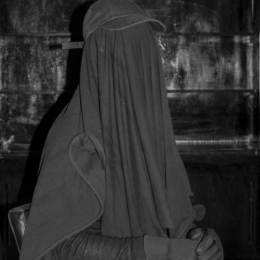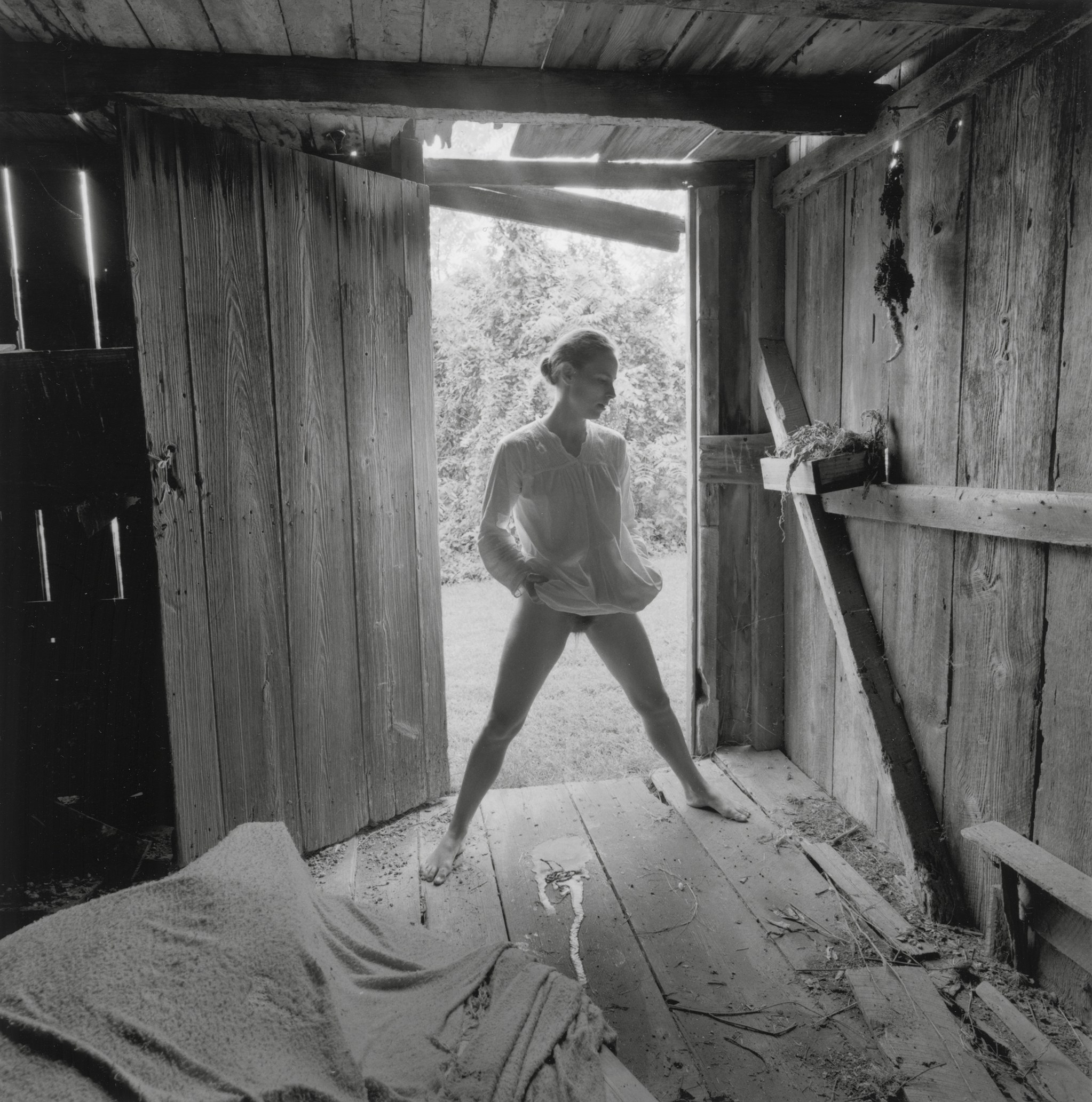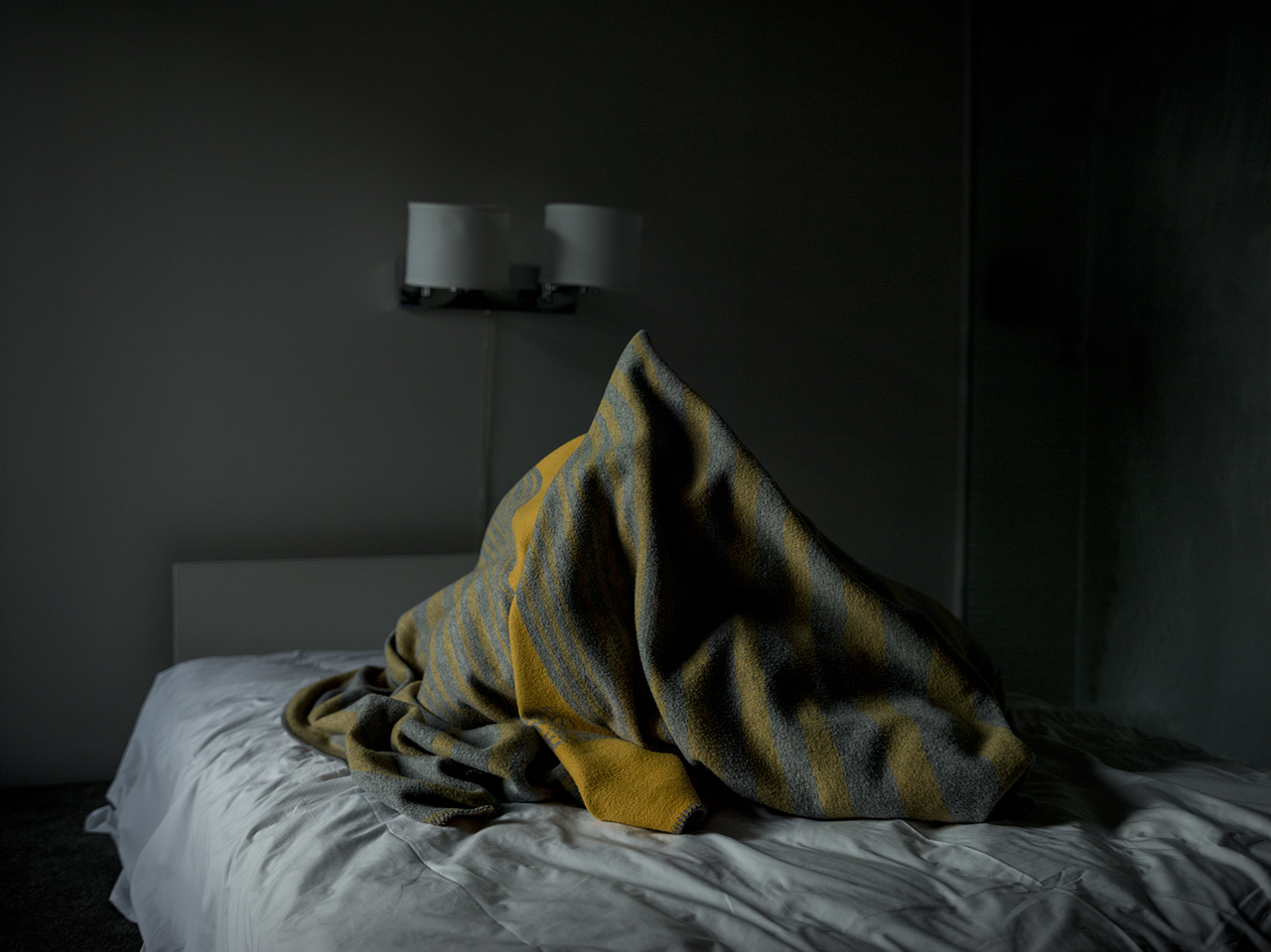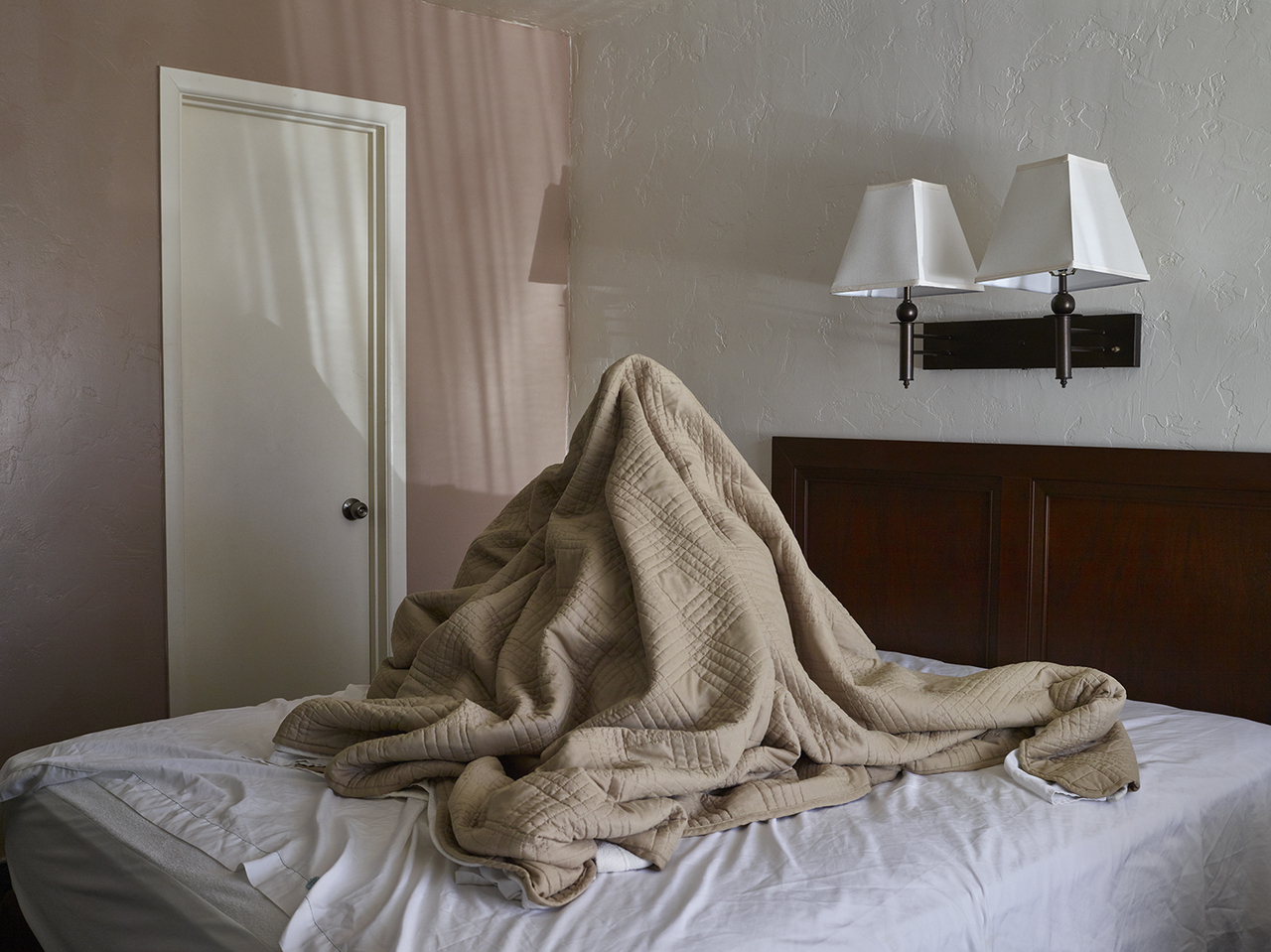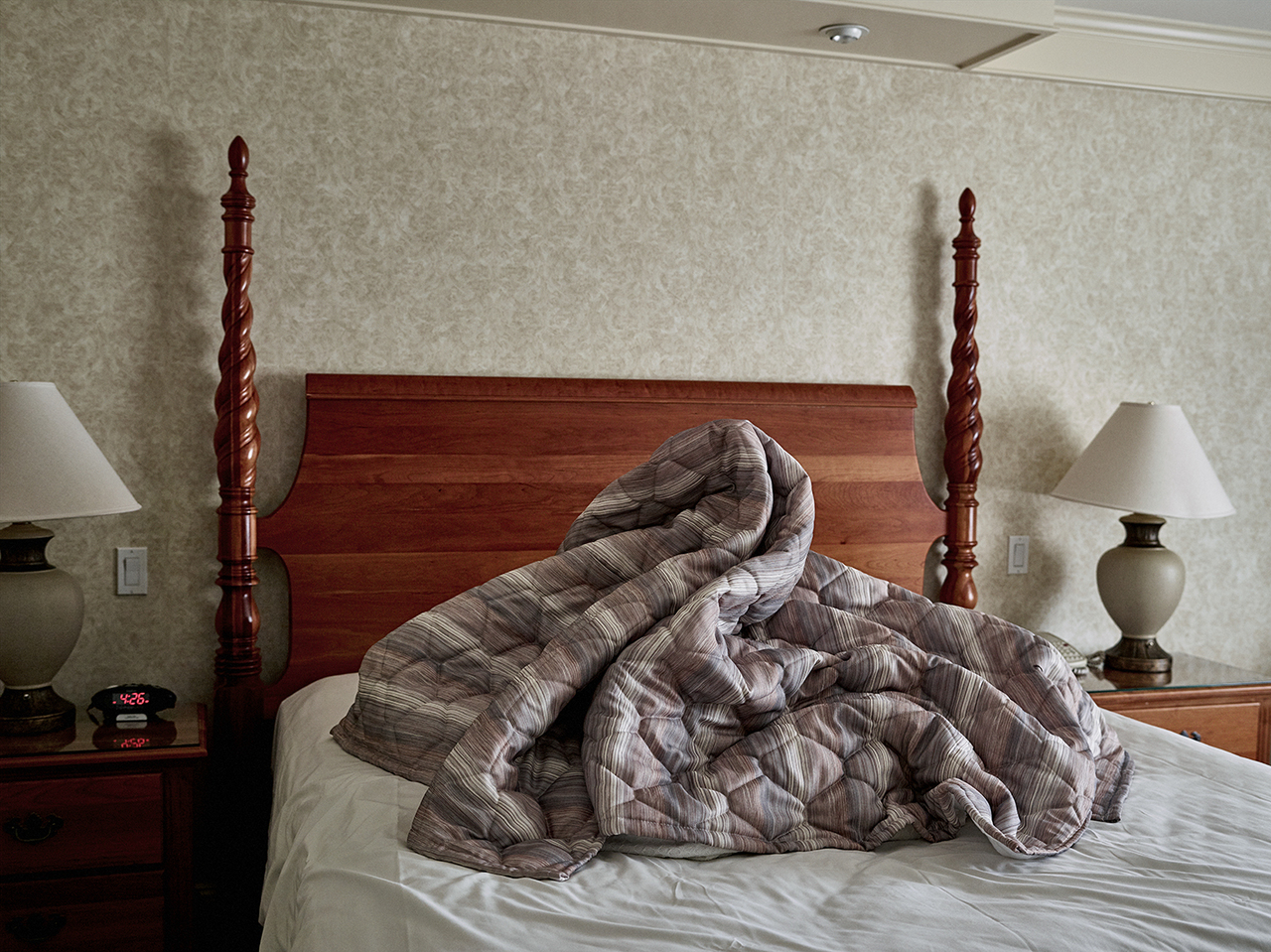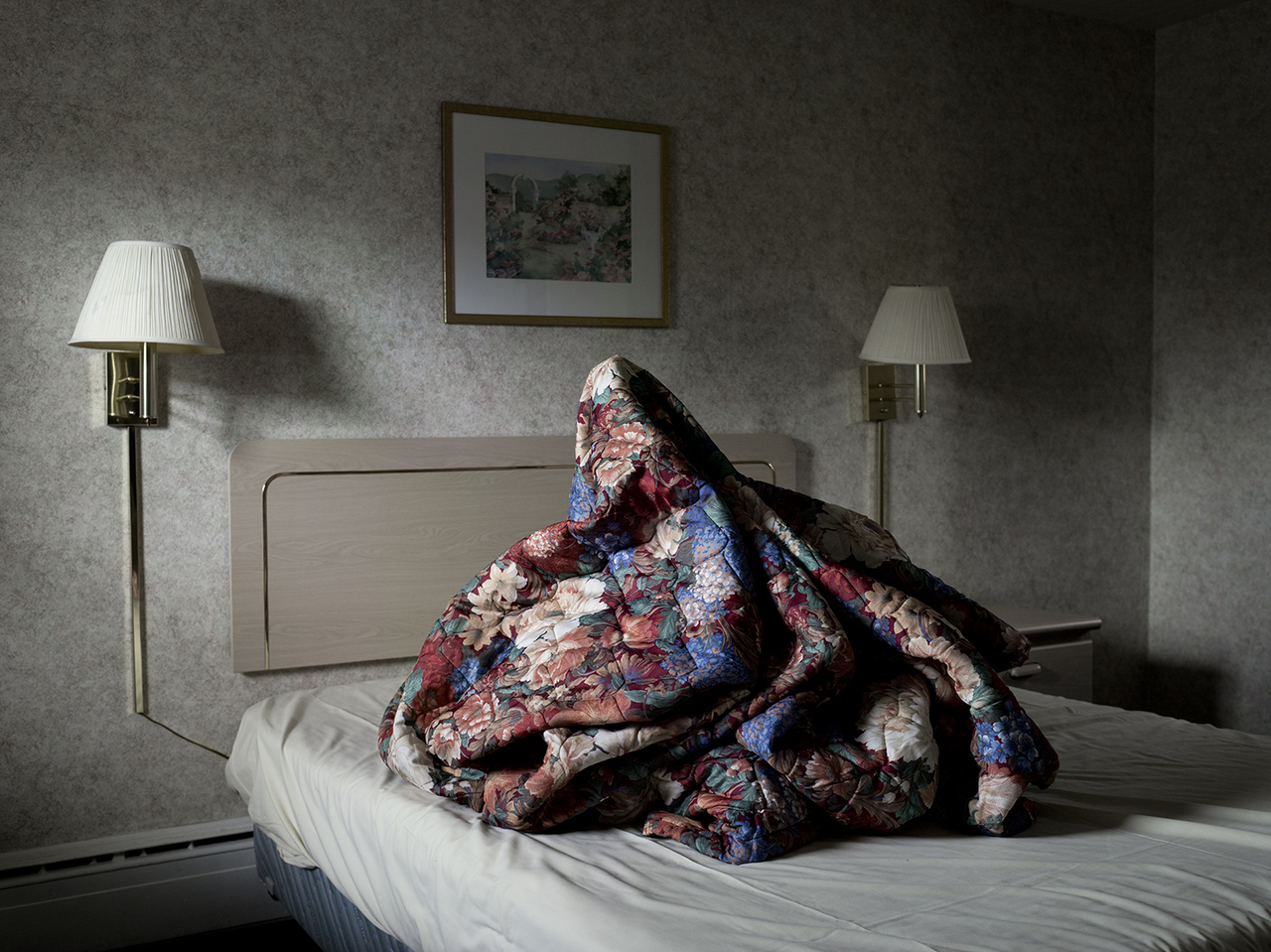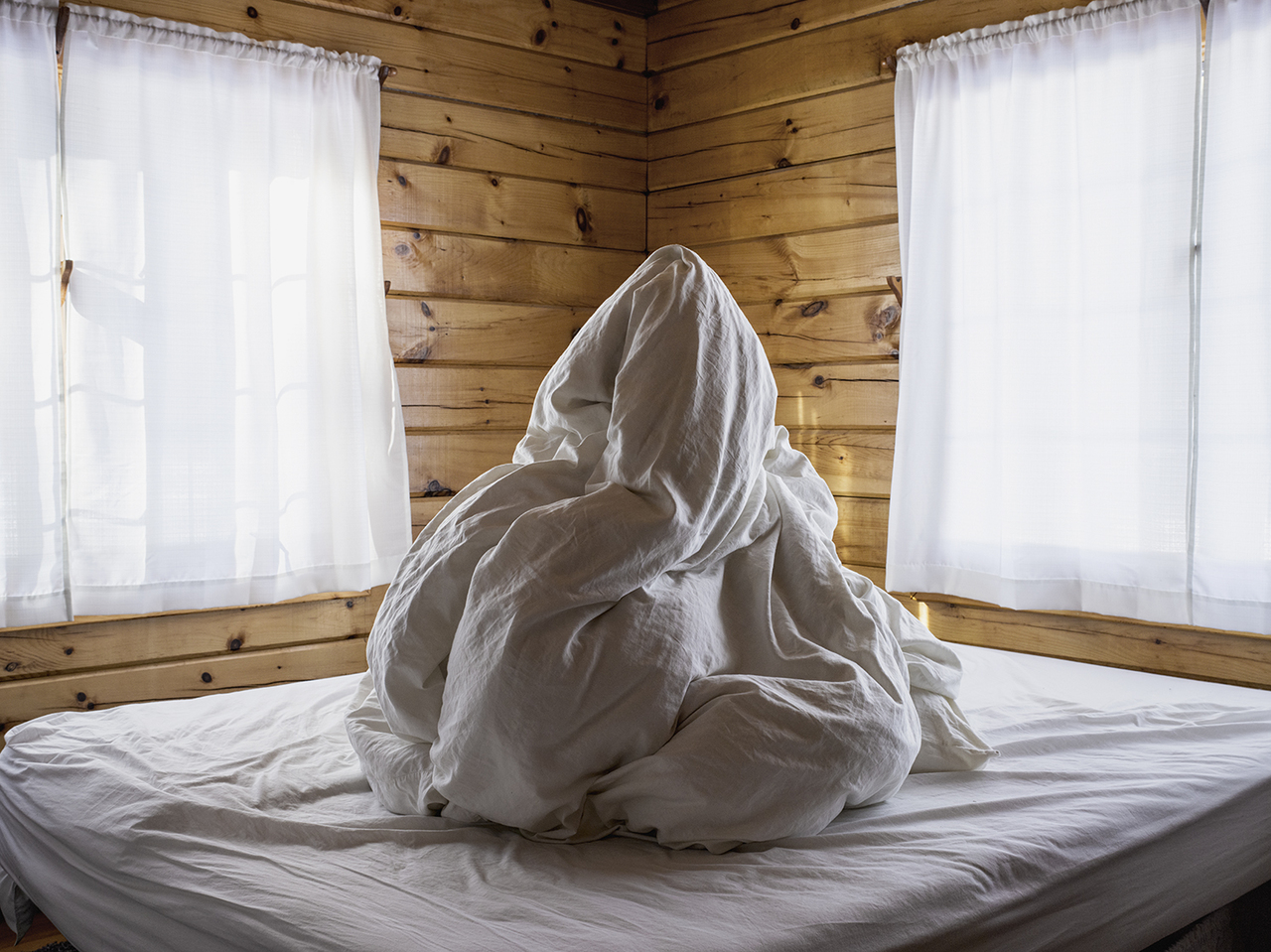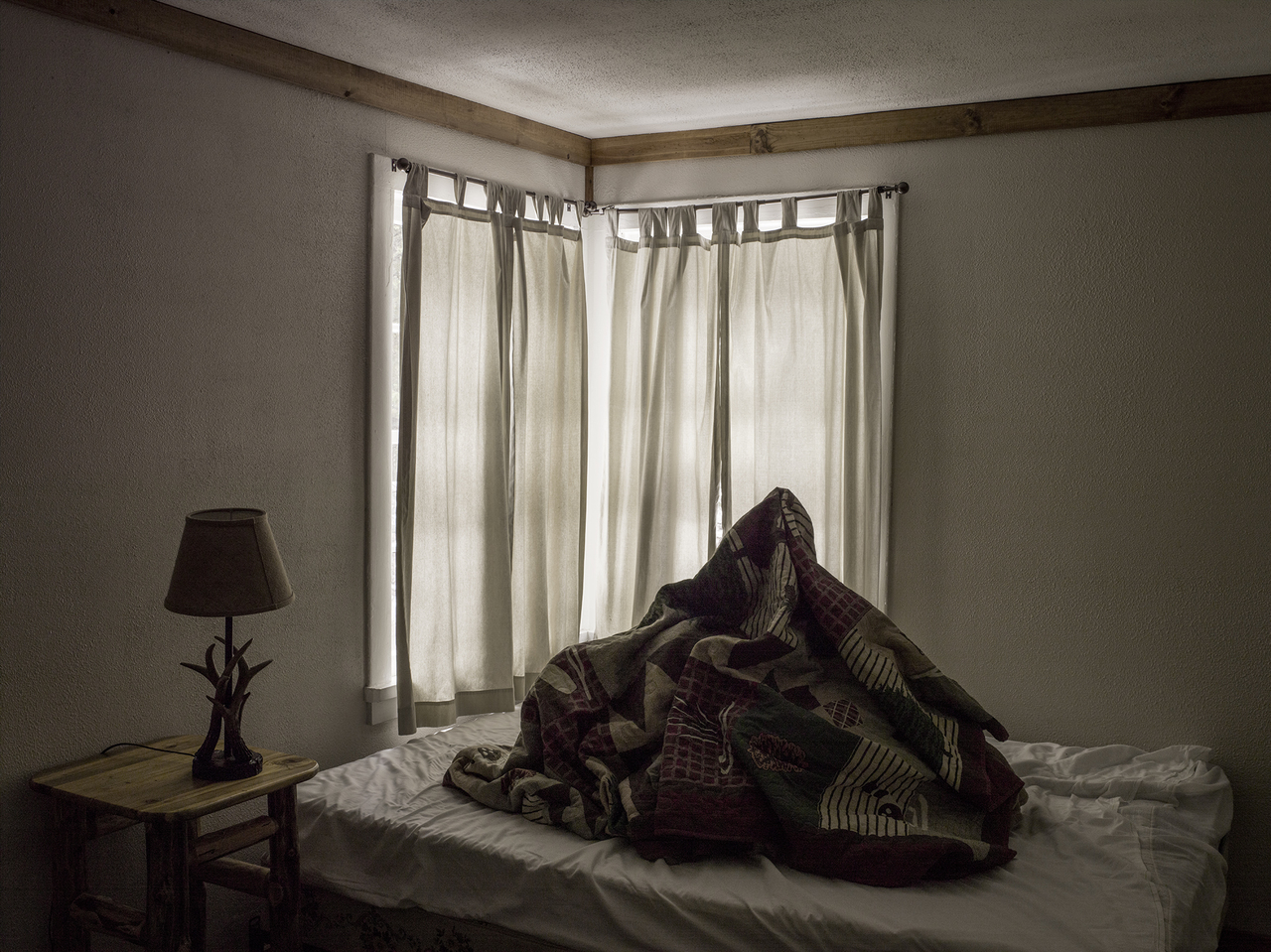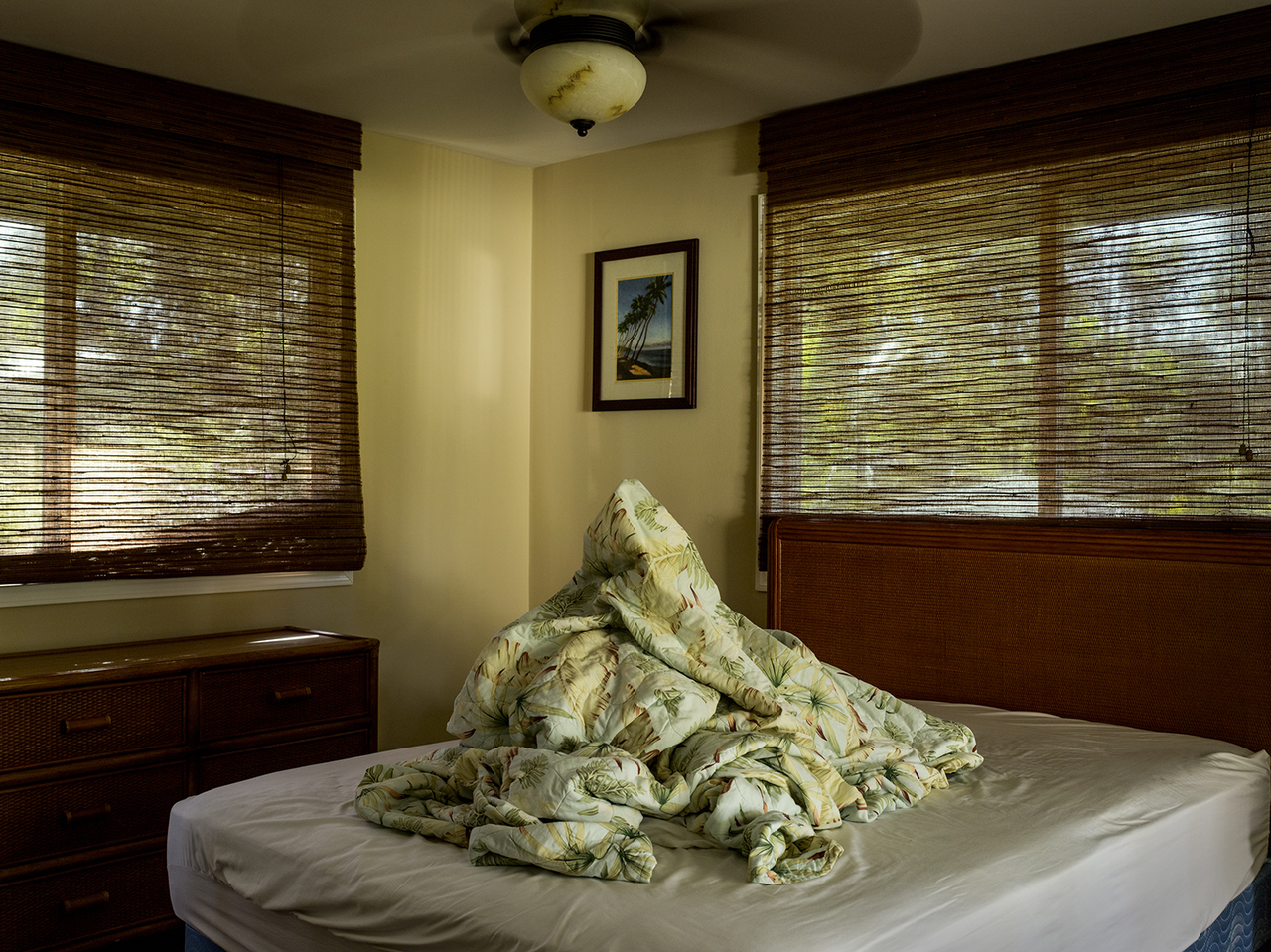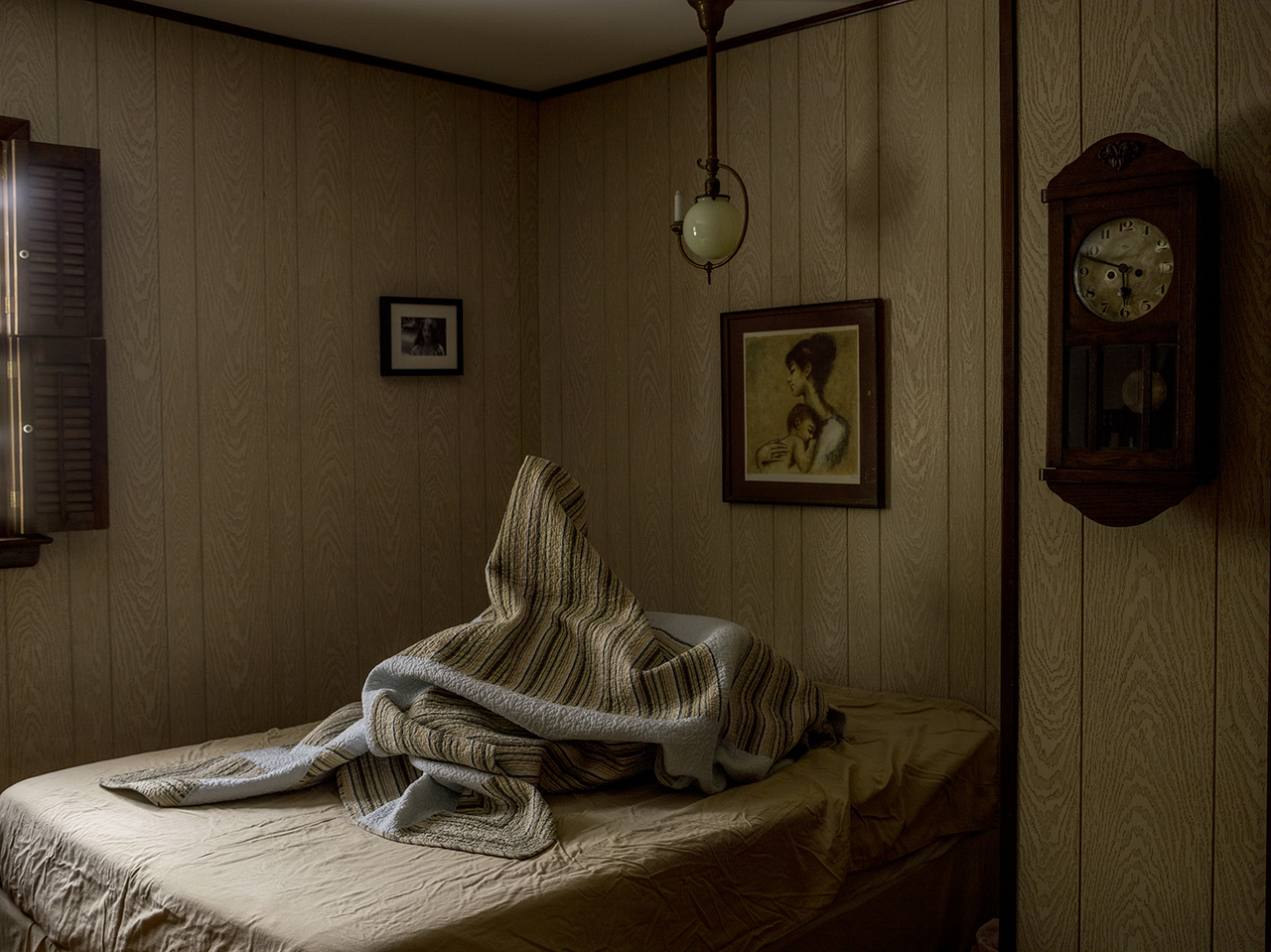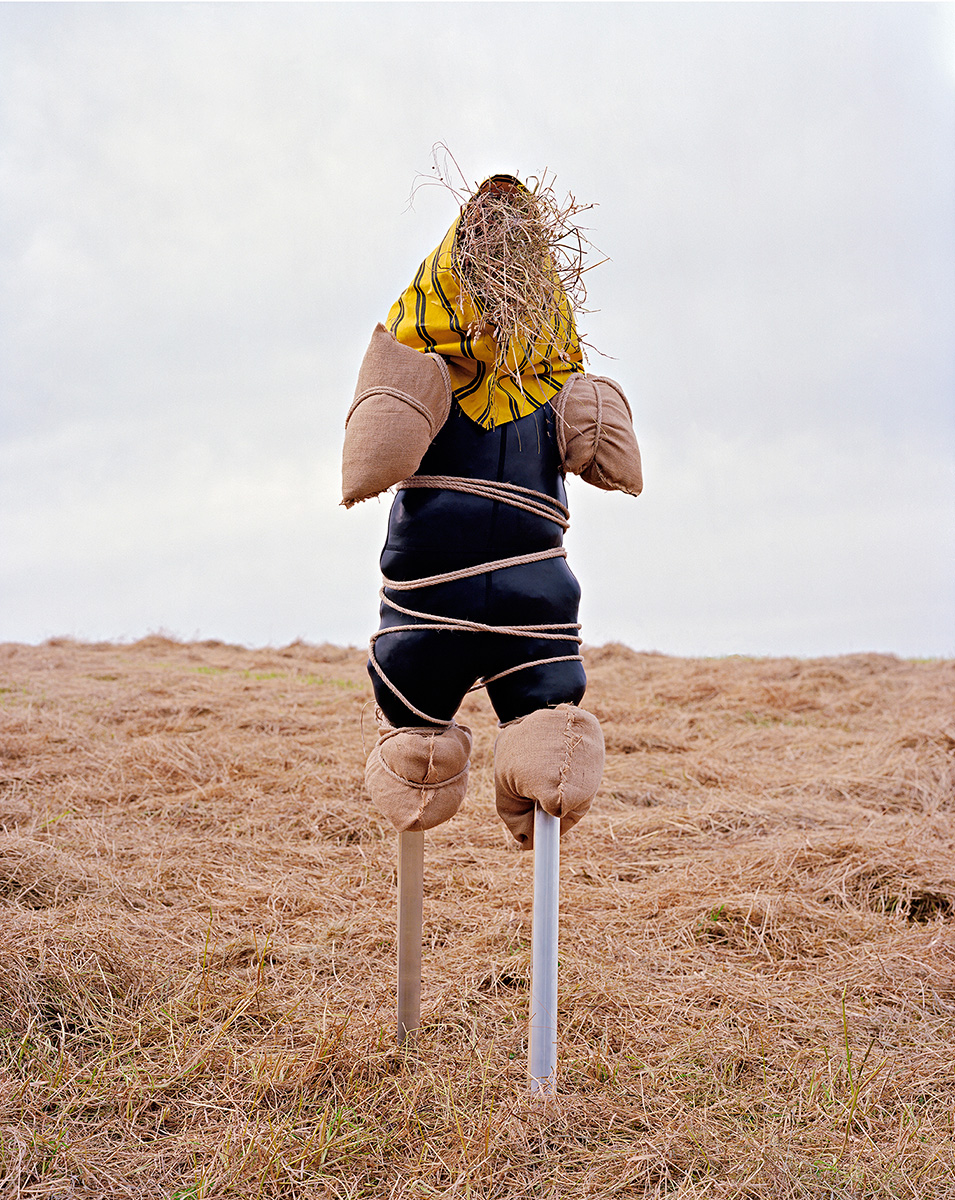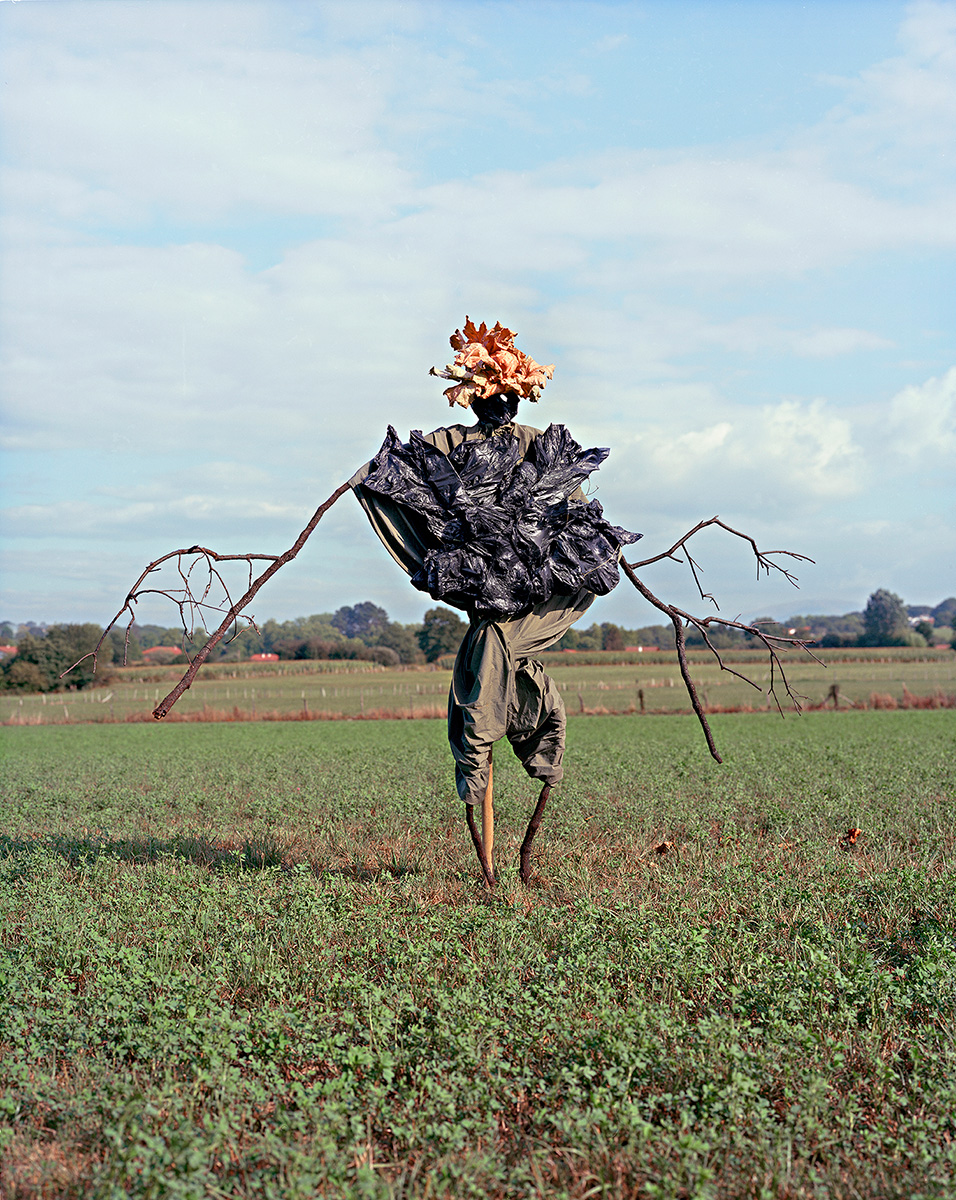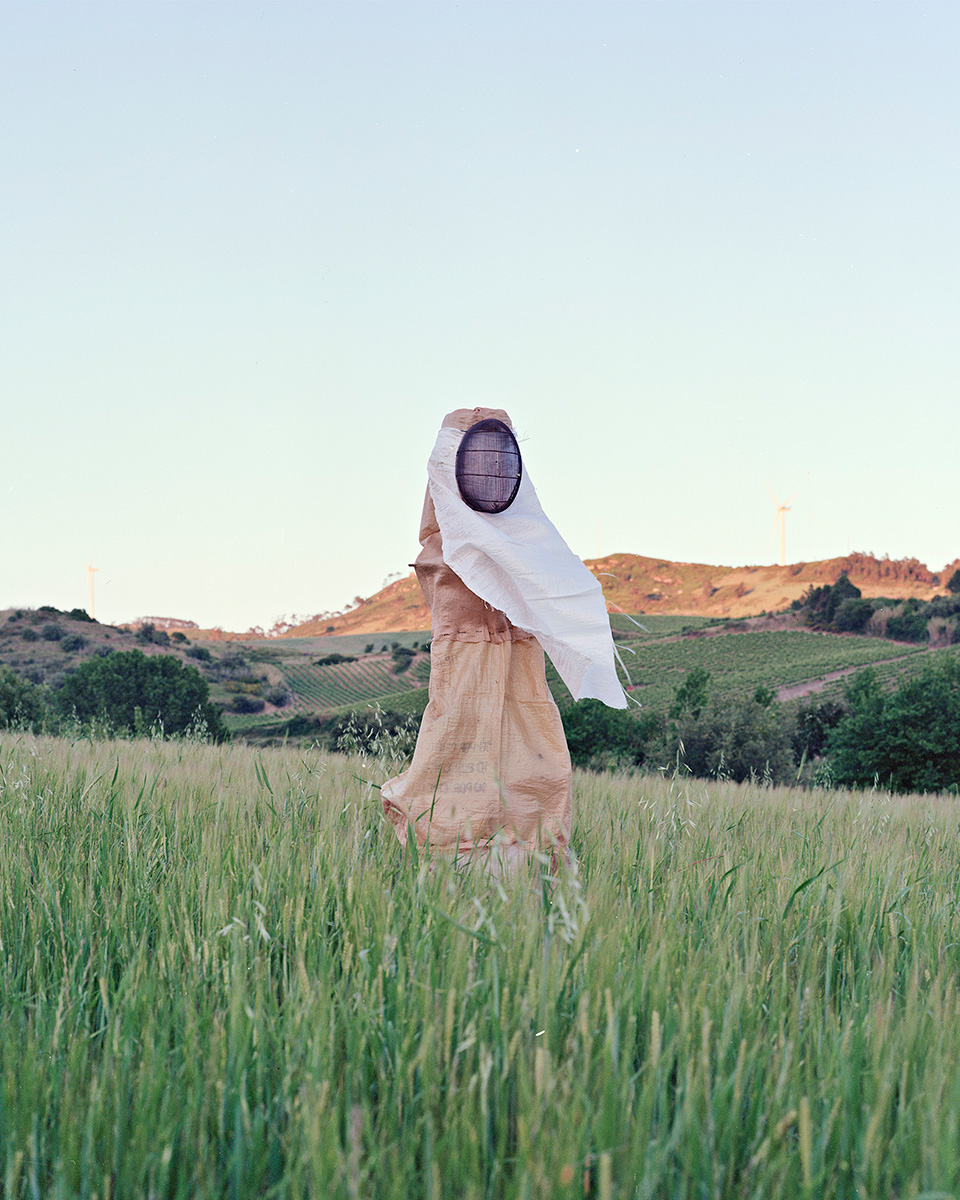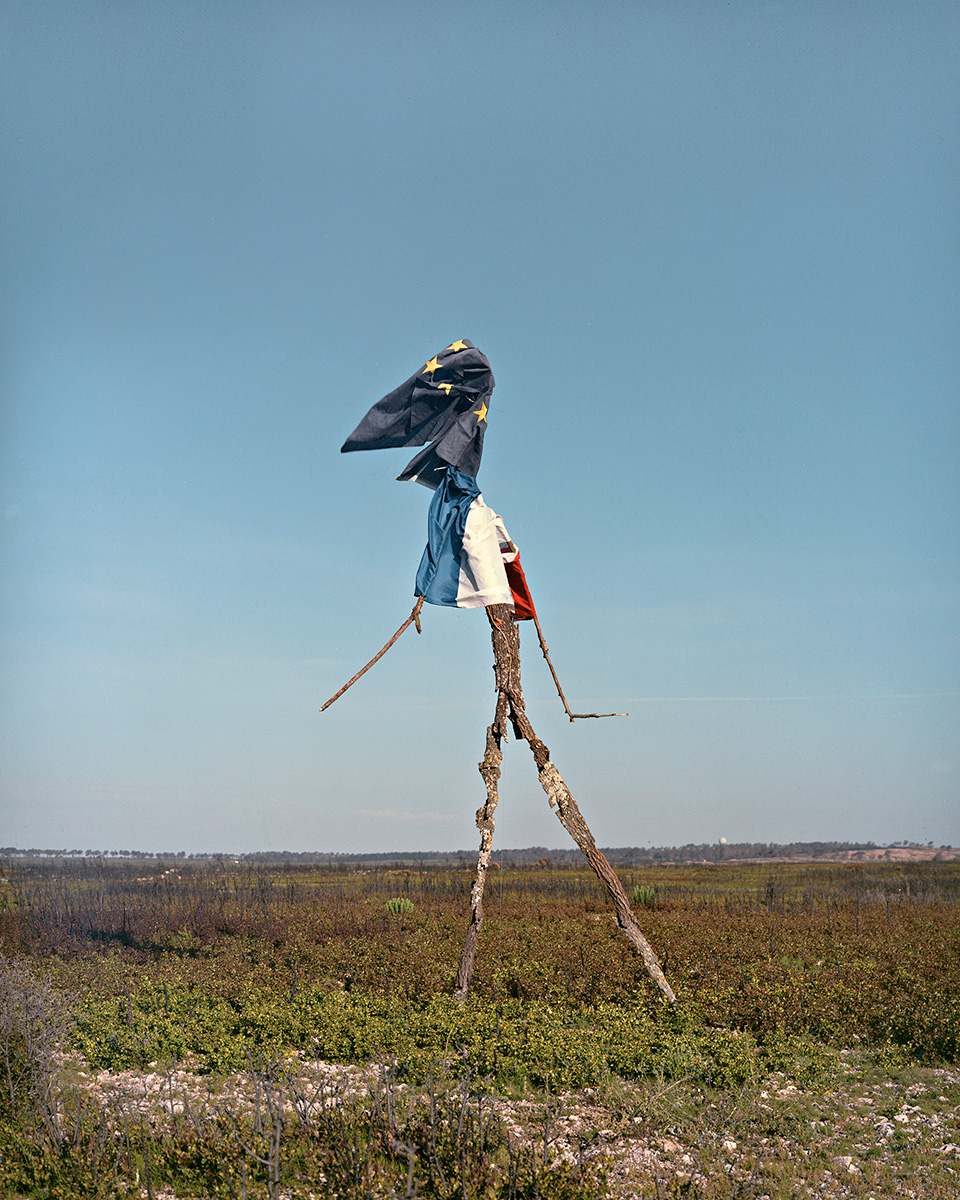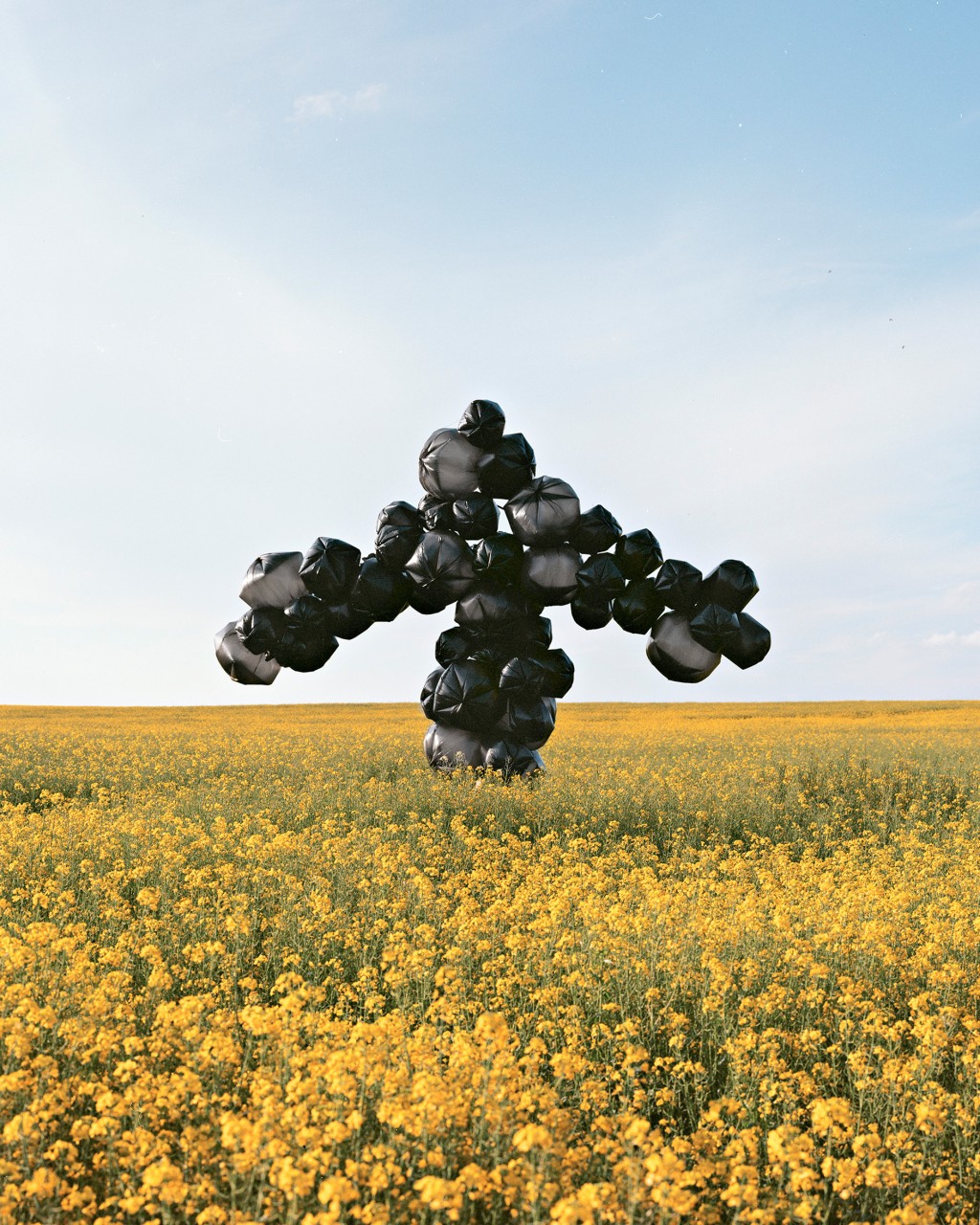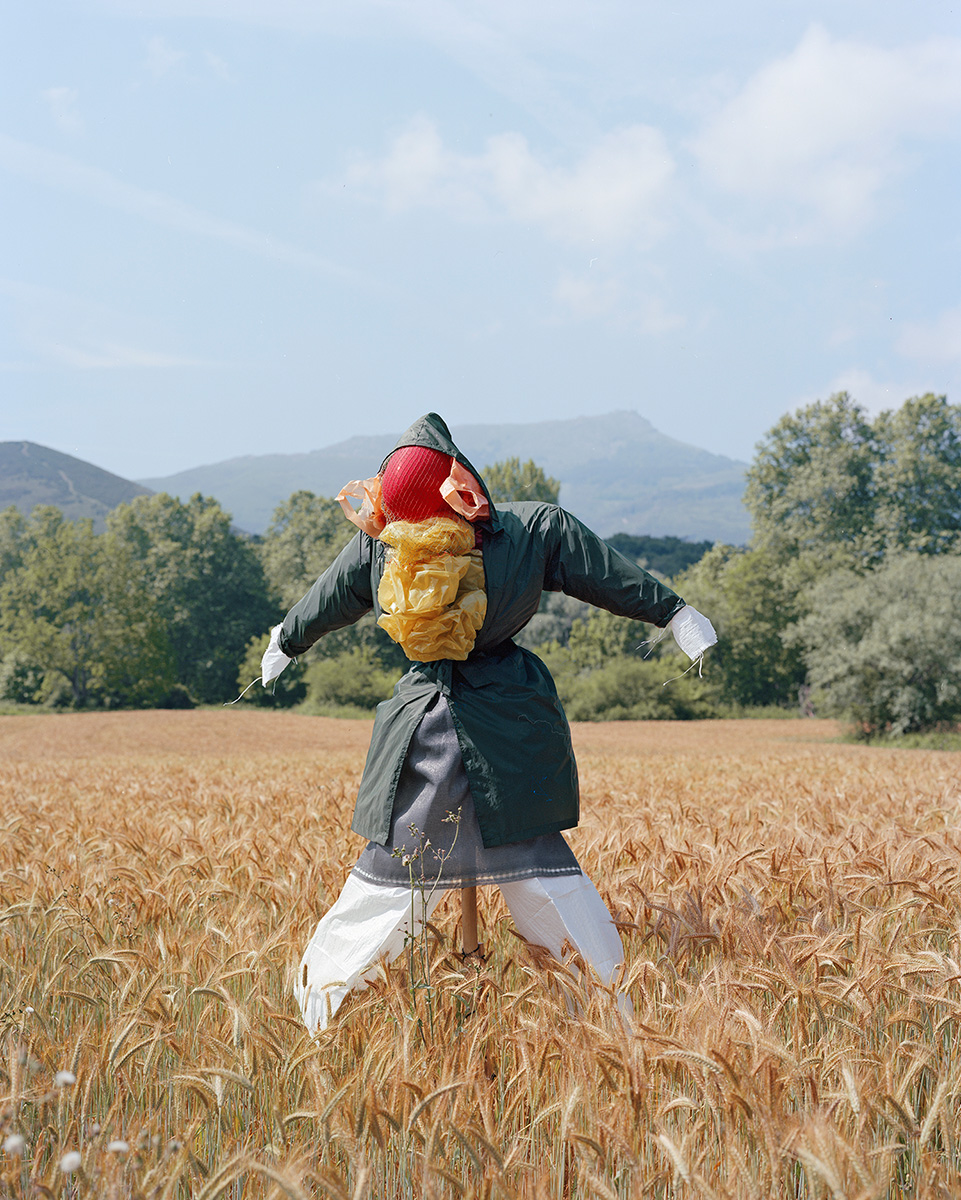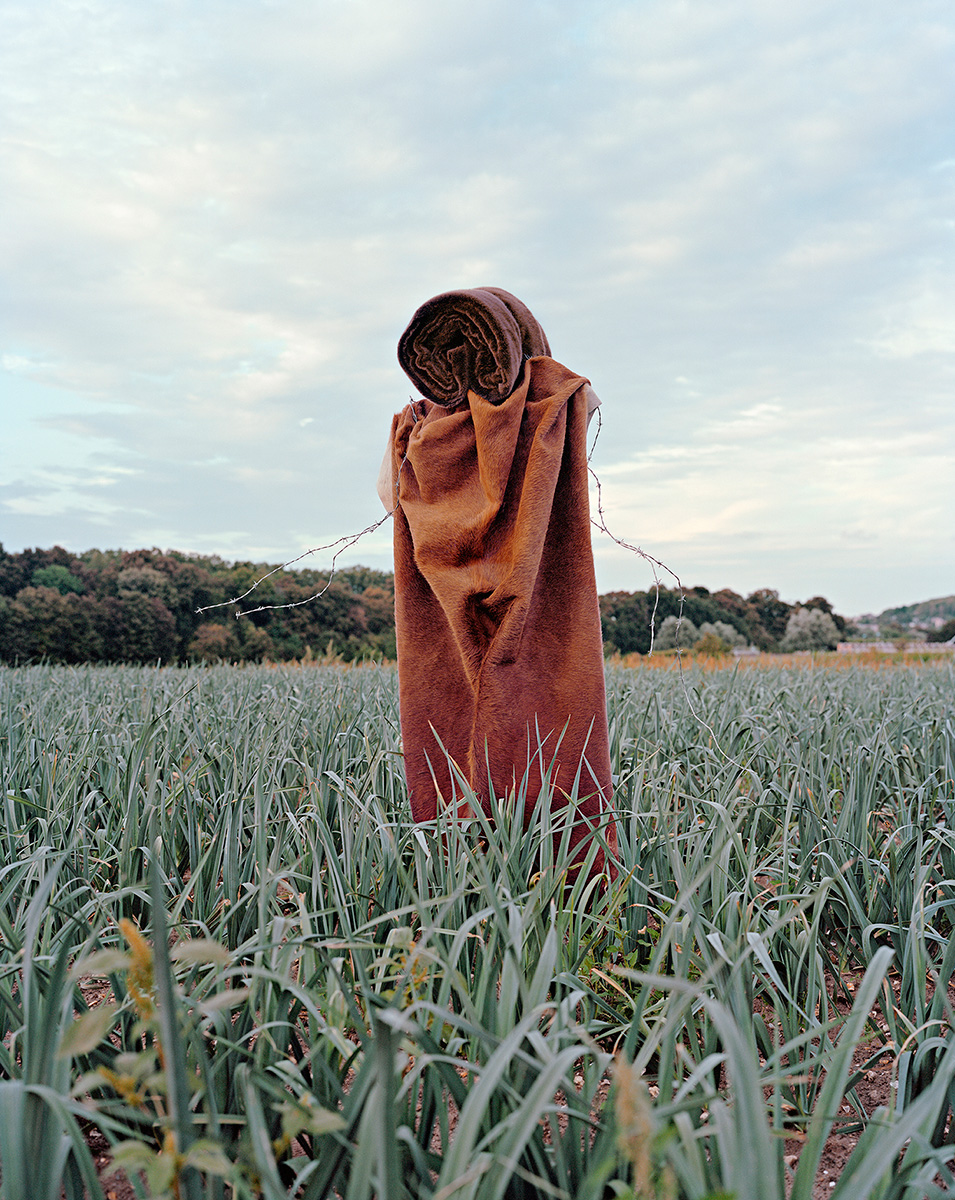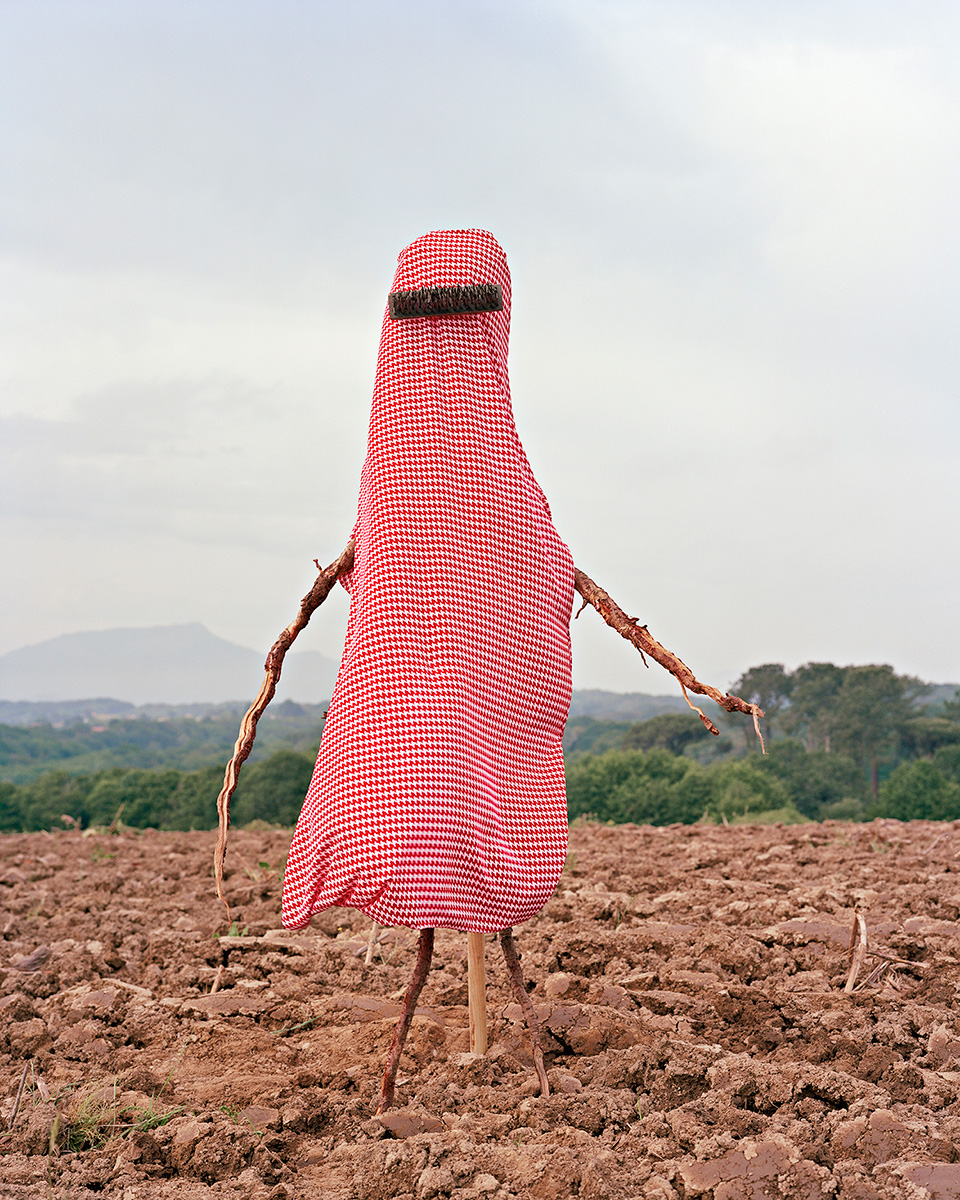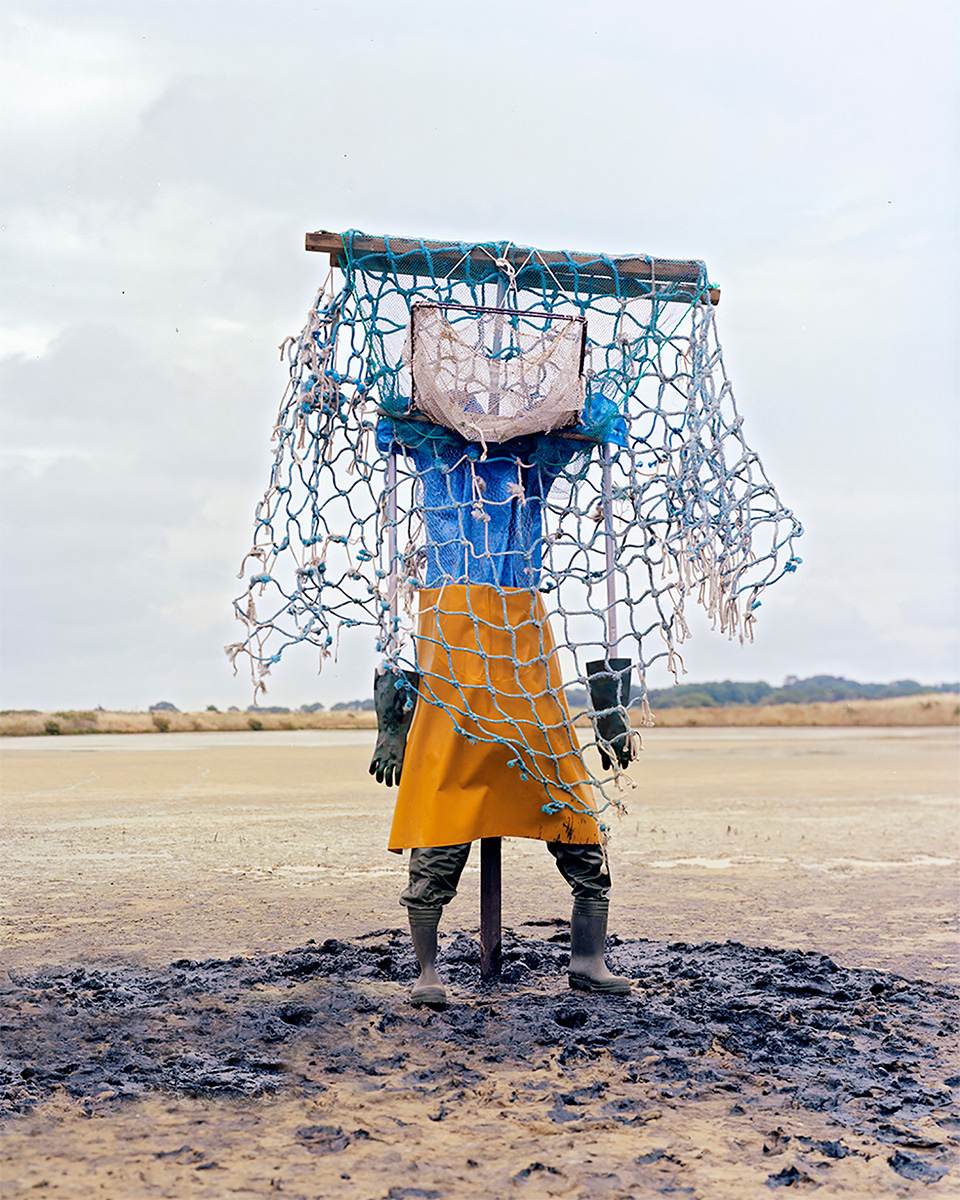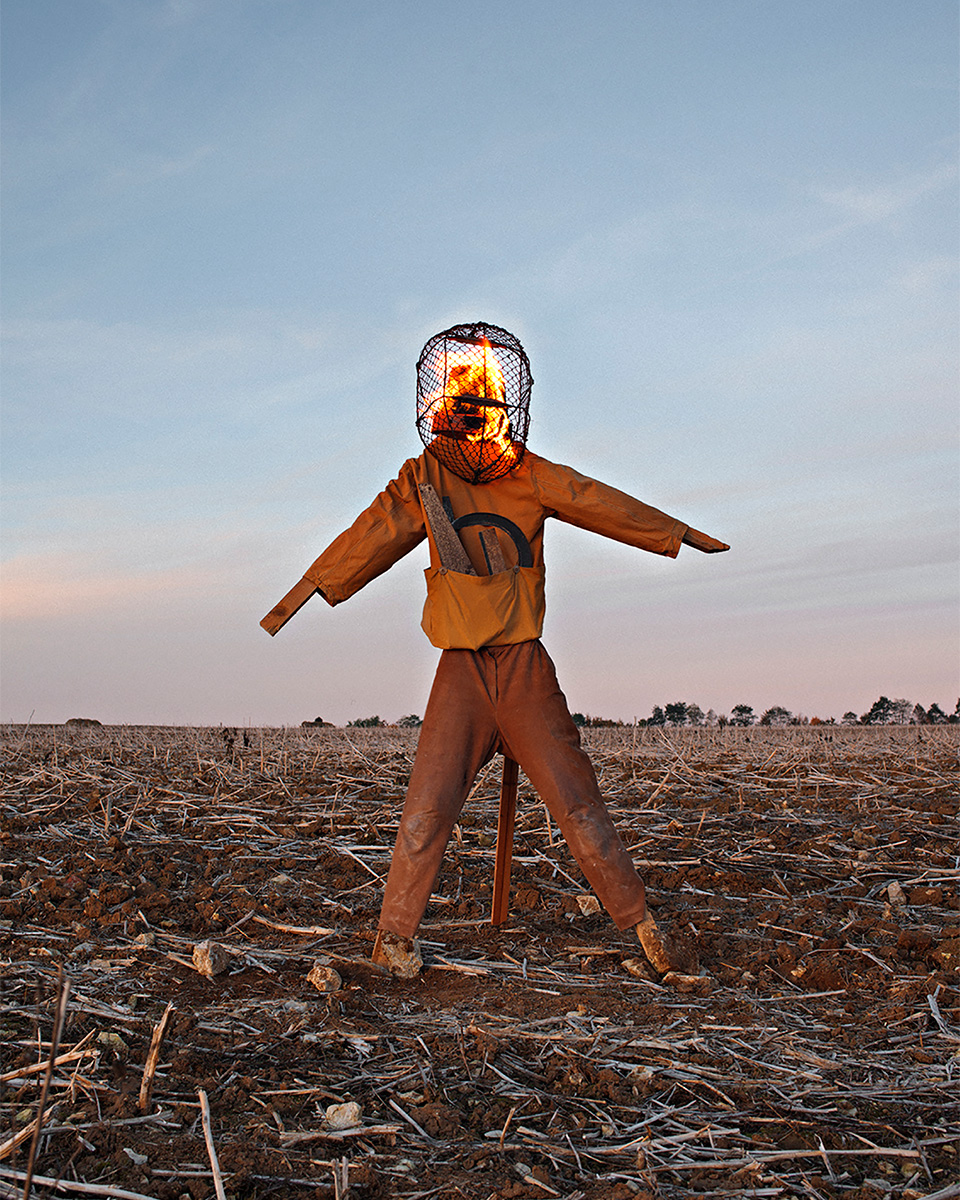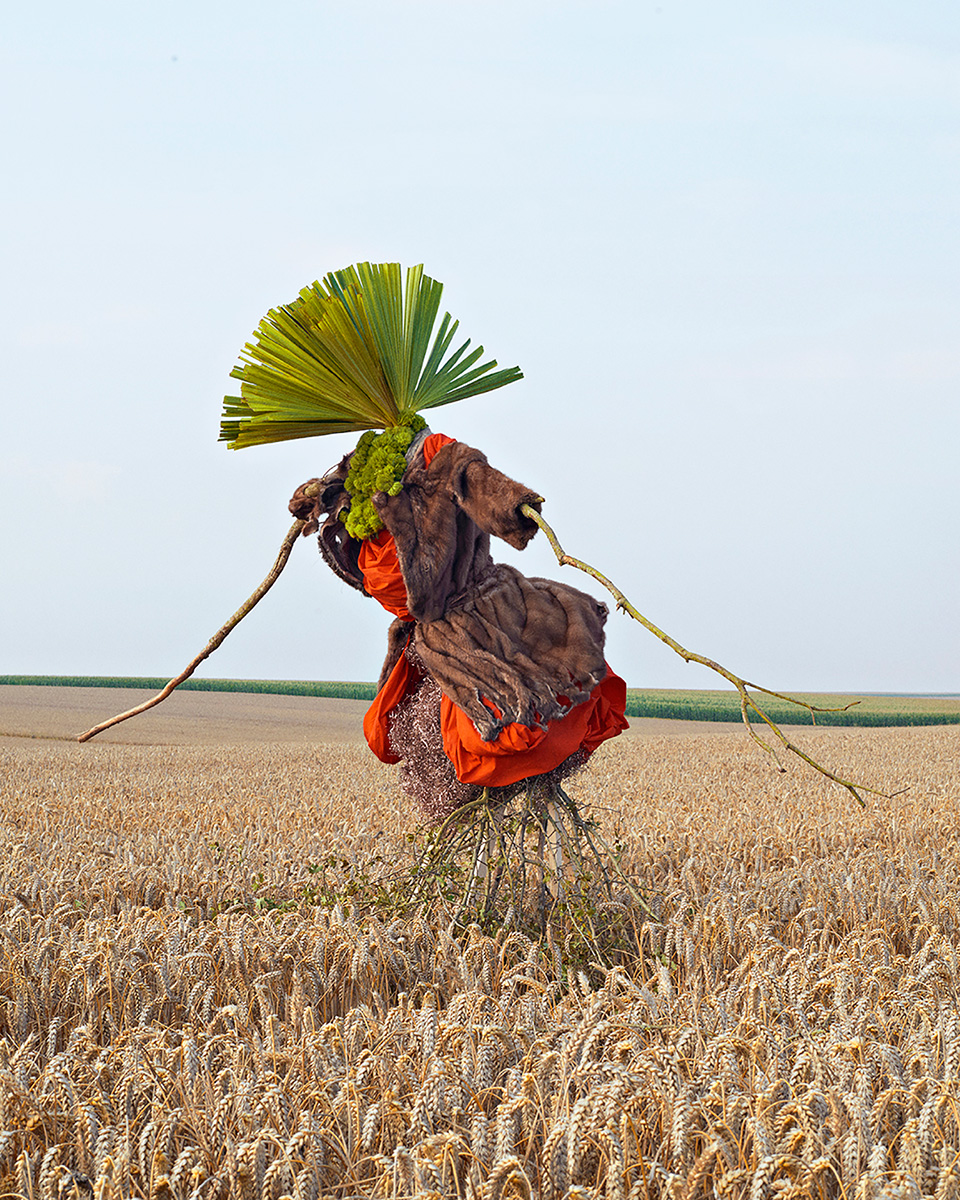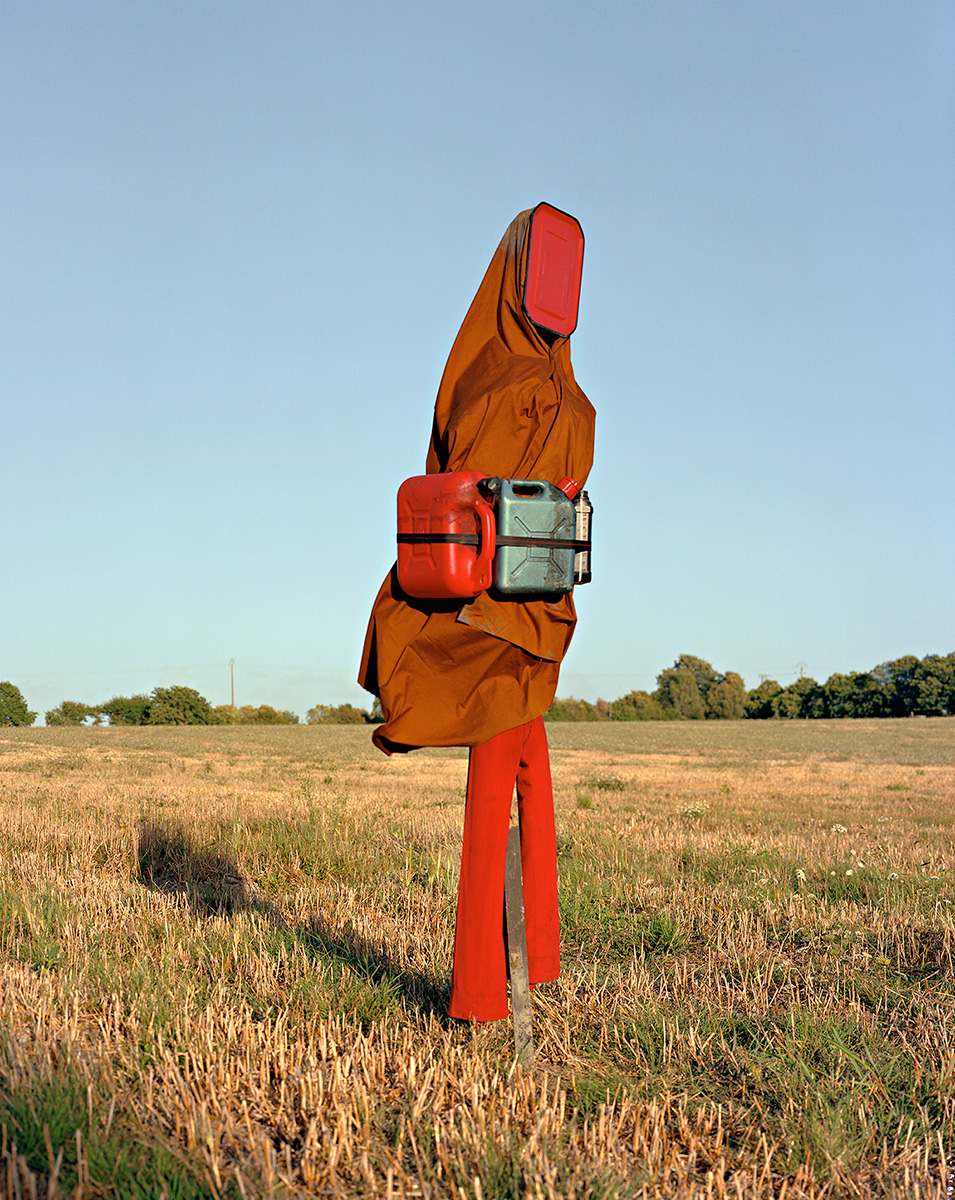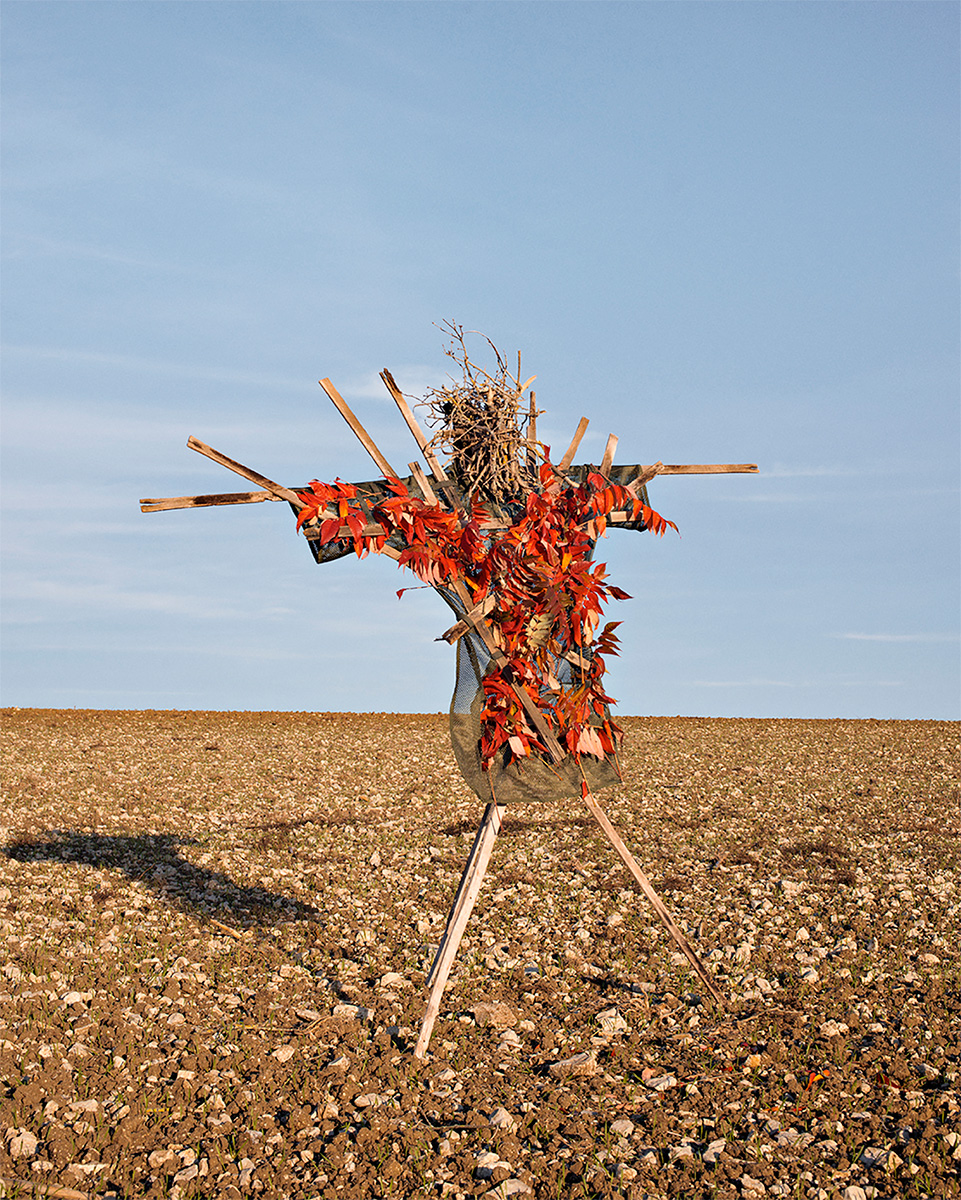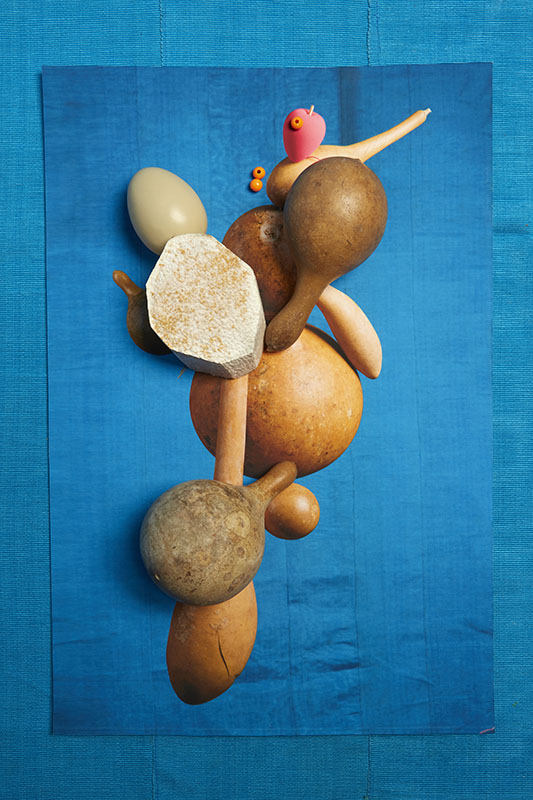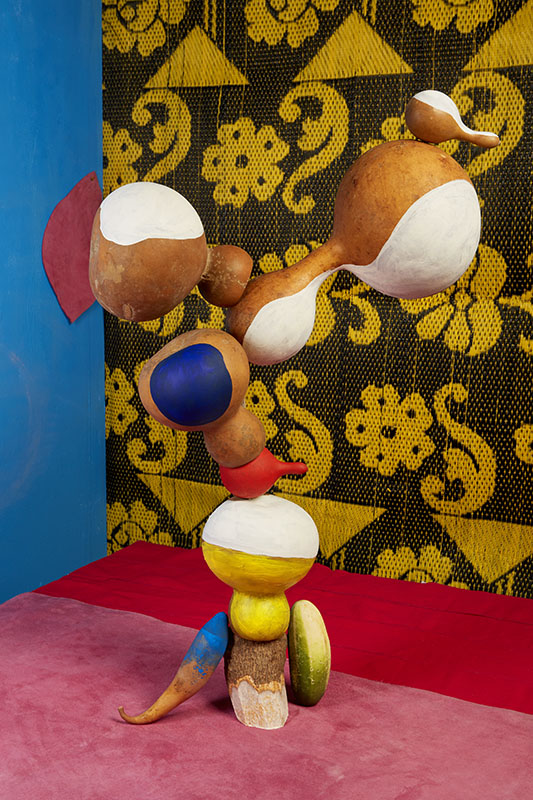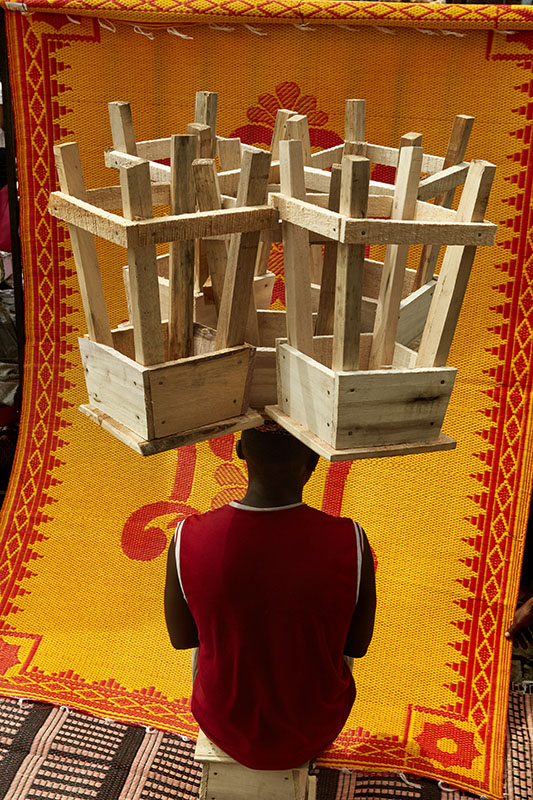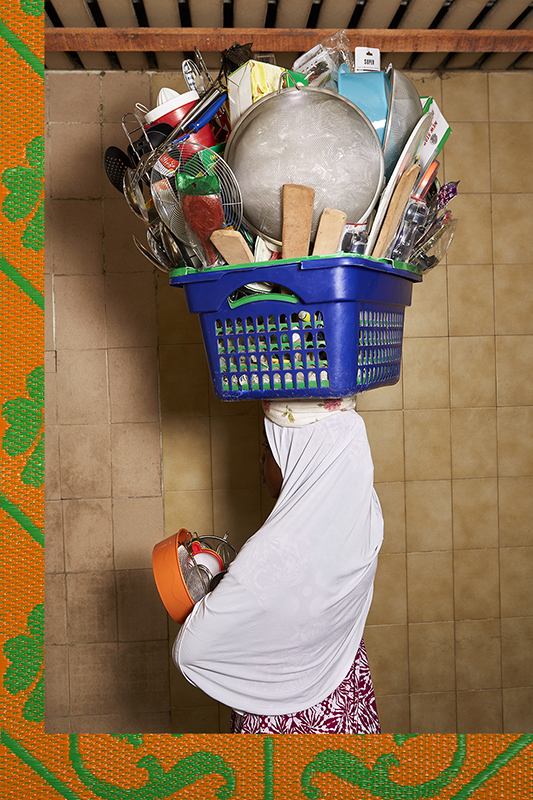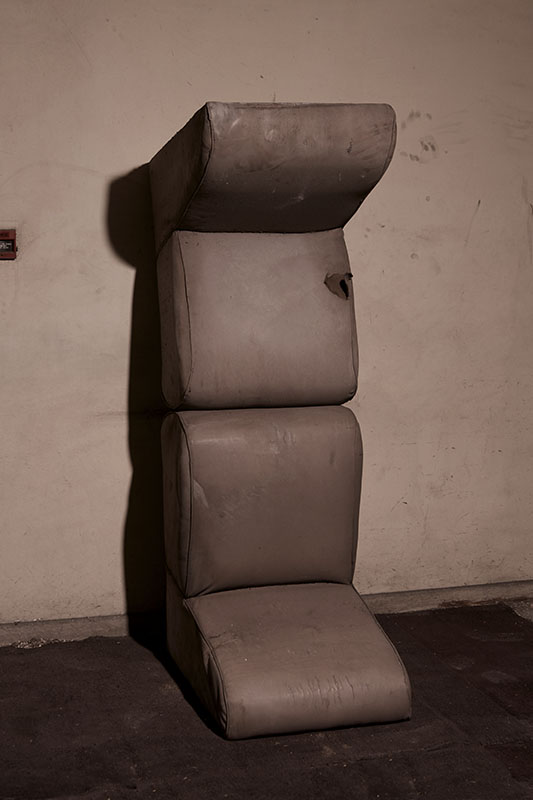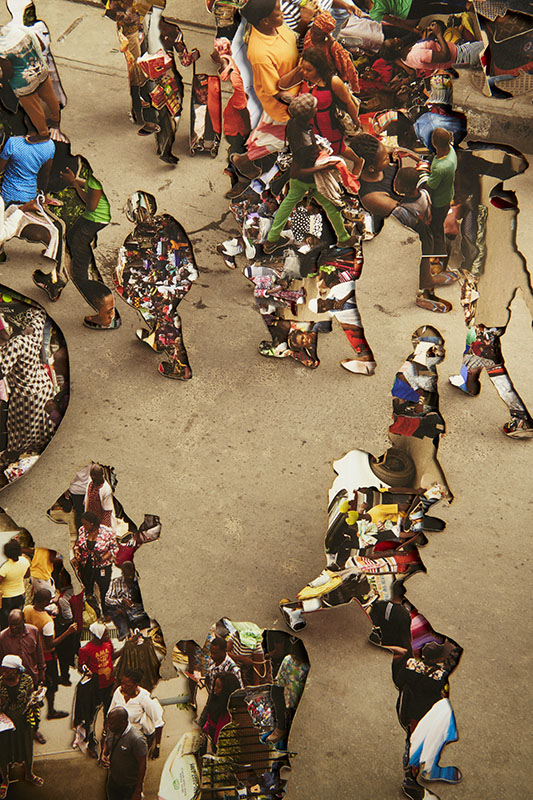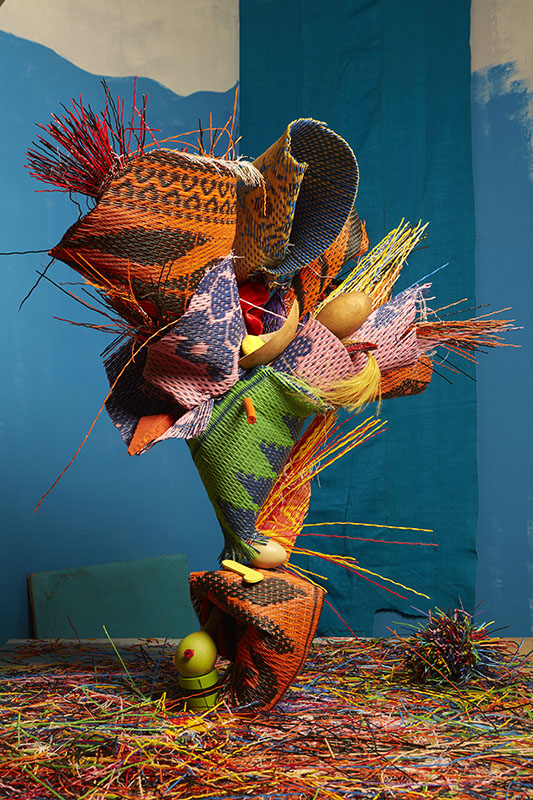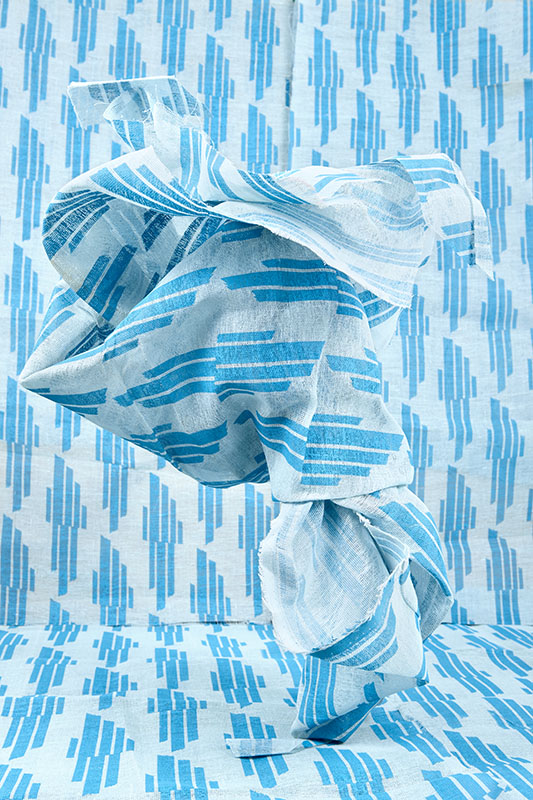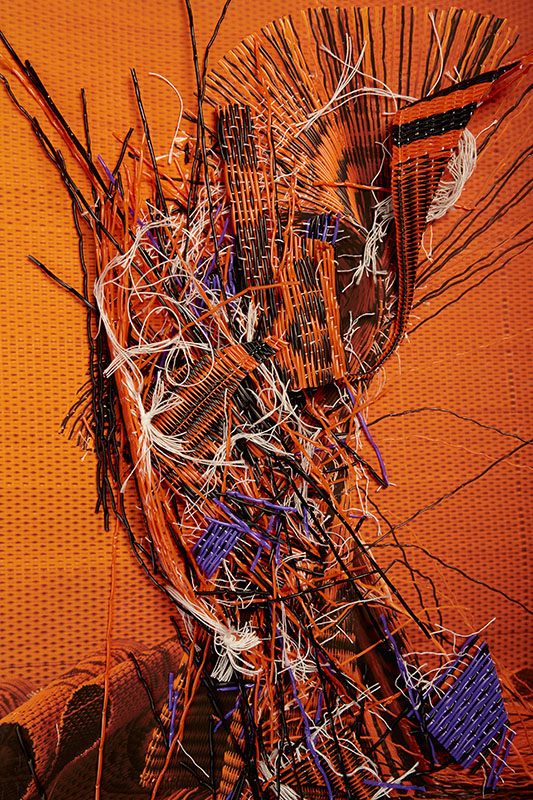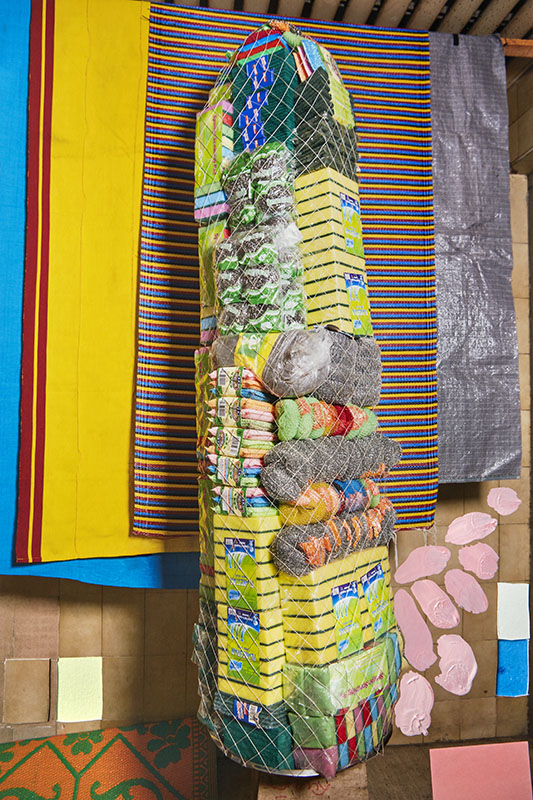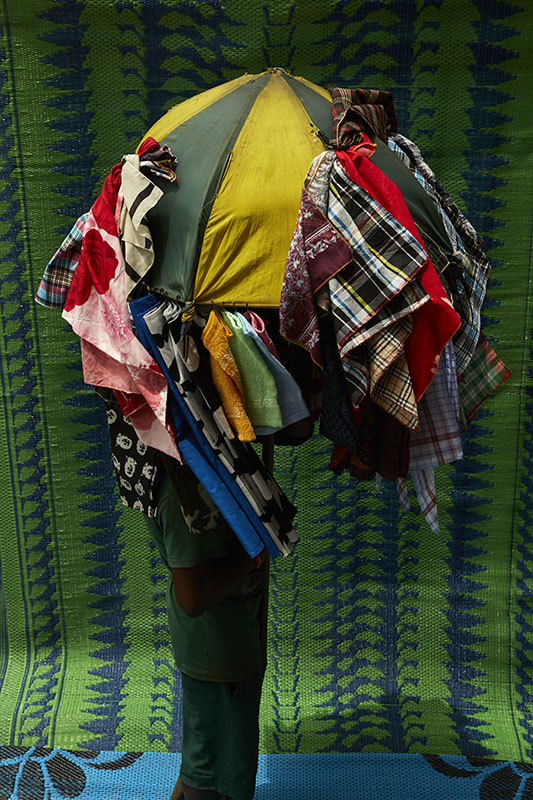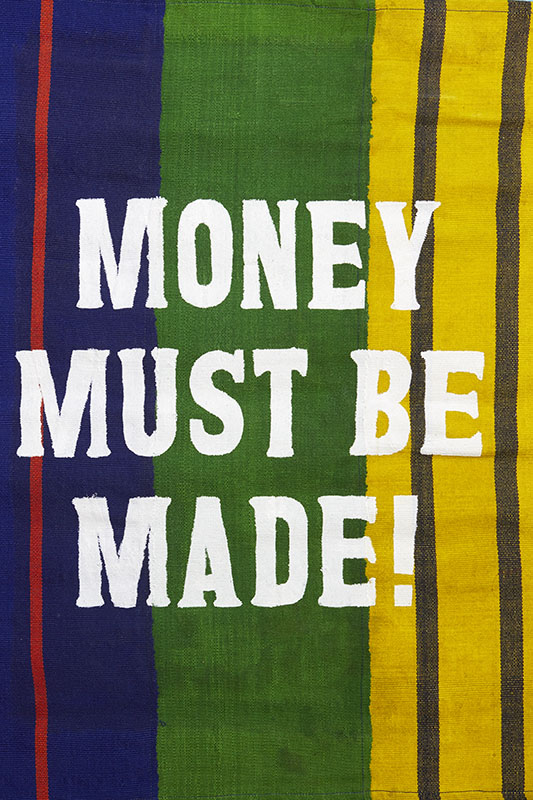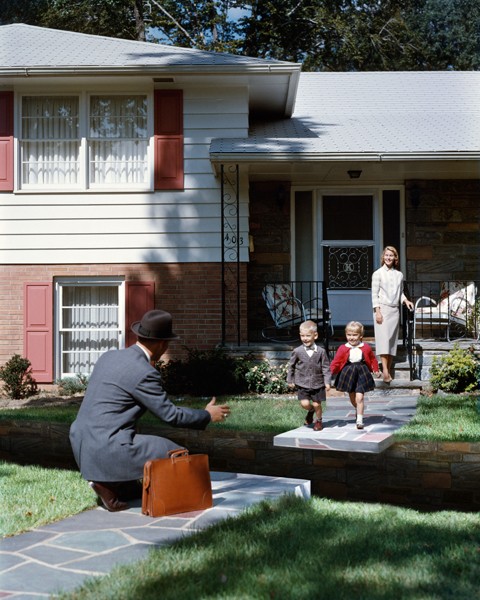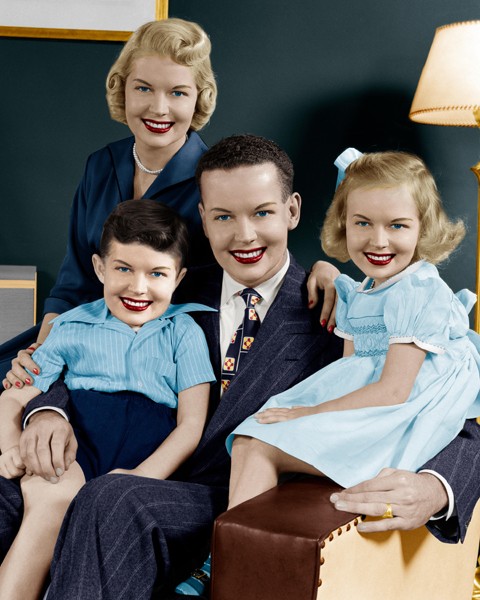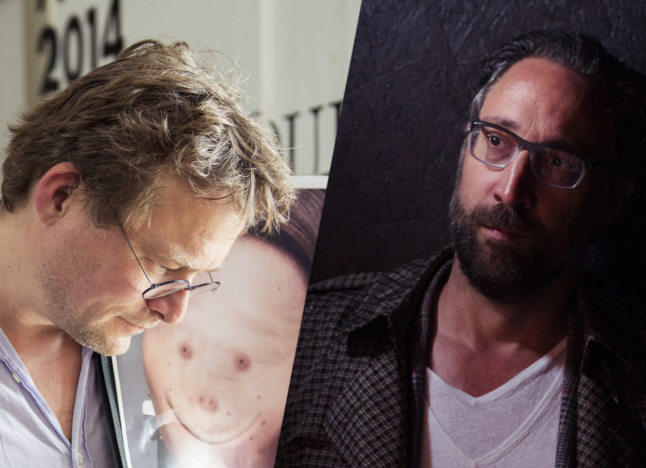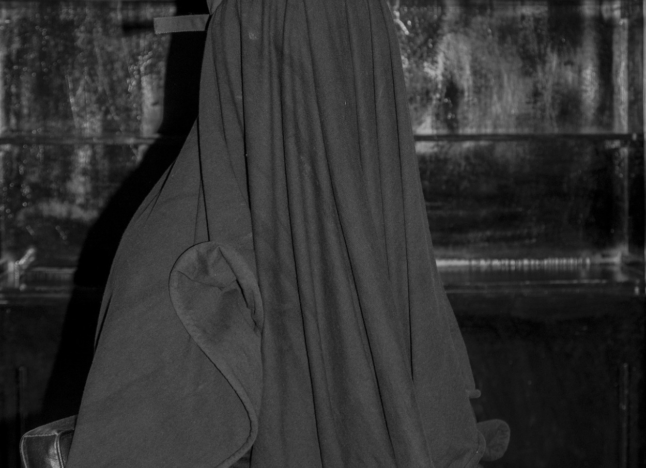Daan Paans
Artist Feature
Every week an artist is featured whose single image was published by Der Greif. The Feature shows the image in the original context of the series.
David Avazzadeh - Common Gestures
Apr 18, 2018
common gestures is a series of various gestures which shine a light on seemingly unnoticed automatisms. those automatisms play an important part of communication. every human being, from the beginning of his/her existence continuously adds gestures to his/her repertoire so they can make use of their „toolbox of gestures“ to communicate with other people. to make these internally manifested gestures visibile, i visually elevated these gestures to shine a light on these subconscious forms of communication.
Artist Blog
The blog of Der Greif is written entirely by the artists who have been invited to doing an Artist-Feature. Every week, we have a different author.
Published in:
»Guest-Room Holly Hay«
Chris Wiley – The Most Intimate Photograph
Apr 24, 2018 - David Avazzadeh
Chris Wiley (Instagram) wrote the most beautiful article about the most intimate photograph.
Noah Kalina – Bedmounds
Apr 22, 2018 - David Avazzadeh
When we think of beds, we usually think of them as neatly made, waiting to be used.
I wanted to undo that, to pull back the covers and sculpt a monumental shape out of the fabric where our bodies would be,
and where our bodies have been, as both a still-life (of the materials of sleep) and a portrait (of someone’s presence).
(Words by Noah Kalina)
Kate Fichard & Hugo Deniau – Scarecrows
Apr 21, 2018 - David Avazzadeh
I noticed some time ago that scarecrows no longer exist in the fields and vegetable gardens in France. This is largely because pesticides and protection nets have completely replaced them.
Sensitive to environmental concerns and ecology, I conceived a project to restore these forgotten field sculptures. With the help of Hugo Deniau, a visual artist, my idea was to offer the birds of our region both the nicest and most frightening way to meet scarecrows again.
The word “scarecrows” is derived from the verb “scare”—these figures are supposed to inspire fear in the animals that land on the fields and eat the seeds before the plants have grown. Indeed, the scarecrow is an attempt to symbolize a human presence even when no one is actually there.
From this eternal antagonism, Hugo and I realized that these creatures are not only frightening to birds: they also represent a greater nightmare. We were inspired by the notions of contemporary terror—global warming and environmental destruction to name a few—and thus used objects and colors tied to pollution. These modern scarecrows evidence the broader attacks being made by humanity against all of nature.
Trying to reunite man, nature and birds through a single art project is as ambitious as it is vital. My idea is to travel through more landscapes and create enough new images to publish a book or have an exhibition on the subject. I am always animated by thinking differently about our world in order to save it.
(Words by Kate Fichard)
Lorenzo Vitturi – Money Must Be Made
Apr 20, 2018 - David Avazzadeh
Money Must Be Made is a multidisciplinary project that explores atypical patterns of urban change through the observation of two contrasting realities in Lagos, Nigeria: the one of the multi-storey building of the Financial Trust House and the one of the Balogun street Market. Until the 1990s, the Financial Trust House hosted banks, international airlines and corporate firms but after the formation of the Balogun Market, the second biggest street market in West Africa, the building now lives unoccupied. While in the rest of Lagos, as in most other cities around the world, the arrival of Western corporations often causes displacement of local businesses, in this particular area of Lagos Island, it happened quite the opposite: street vendors took over the area entirely, and through the sale of products mostly coming from China, they now provide the biggest source of business locally, forcing out the financial companies. After taking photographs, interviewing locals and the owner of the building, as well as collecting found materials and objects, Vitturi returned to London and continued to work in his studio. Through a continuous process of assembling objects – manually-altered with paint and pigments – into still lives and sculptures to be photographed, printed, reassembled and then re-photographed Vitturi observed local contrasting realities that reveal the complexity of Lagos’ society and economy, and that of the geopolitical landscape at large.
(Words by Emmanuel Iduma)
Weronika Gesicka – Traces
Apr 19, 2018 - David Avazzadeh
Traces are, by definition, marks or other indications of the existence or passing of something. Evidence of a presence. Confirmation of participation. Examples of such traces are photographs, which document the existence of people, situations, moments. They are like engrams that come about through certain stimuli and experiences. This project is based on vintage photographs purchased from an image bank. Family scenes, vacation souvenirs, everyday life, suspended anywhere between truth and fiction. It is hard to figure out whether they are spontaneous or entirely staged. We know nothing of the actual ties between the individuals in the photographs; we can only guess at the truthfulness of their gestures and gazes. Who are, or were, these people in the photographs? Are they actors playing happy families, or real people whose photographs were put up for sale by the image bank? Some are present. Others vanish from the pictures, but always leave a trace. These images, modified in various ways, are wrapped in new context: our recollections of these people and situations are transformed and gradually blur into a new reality.
(Words by Weronika Gęsicka)


